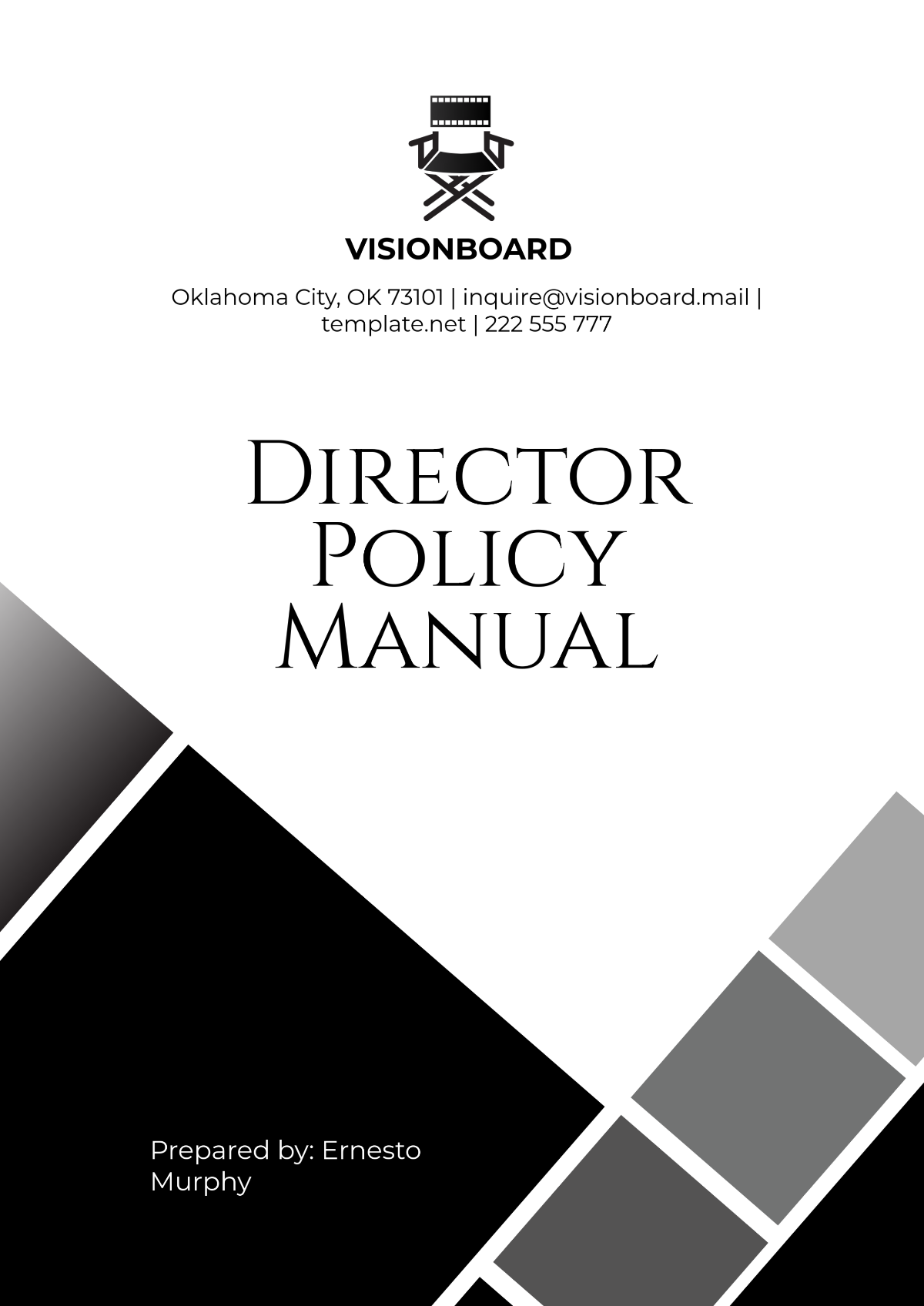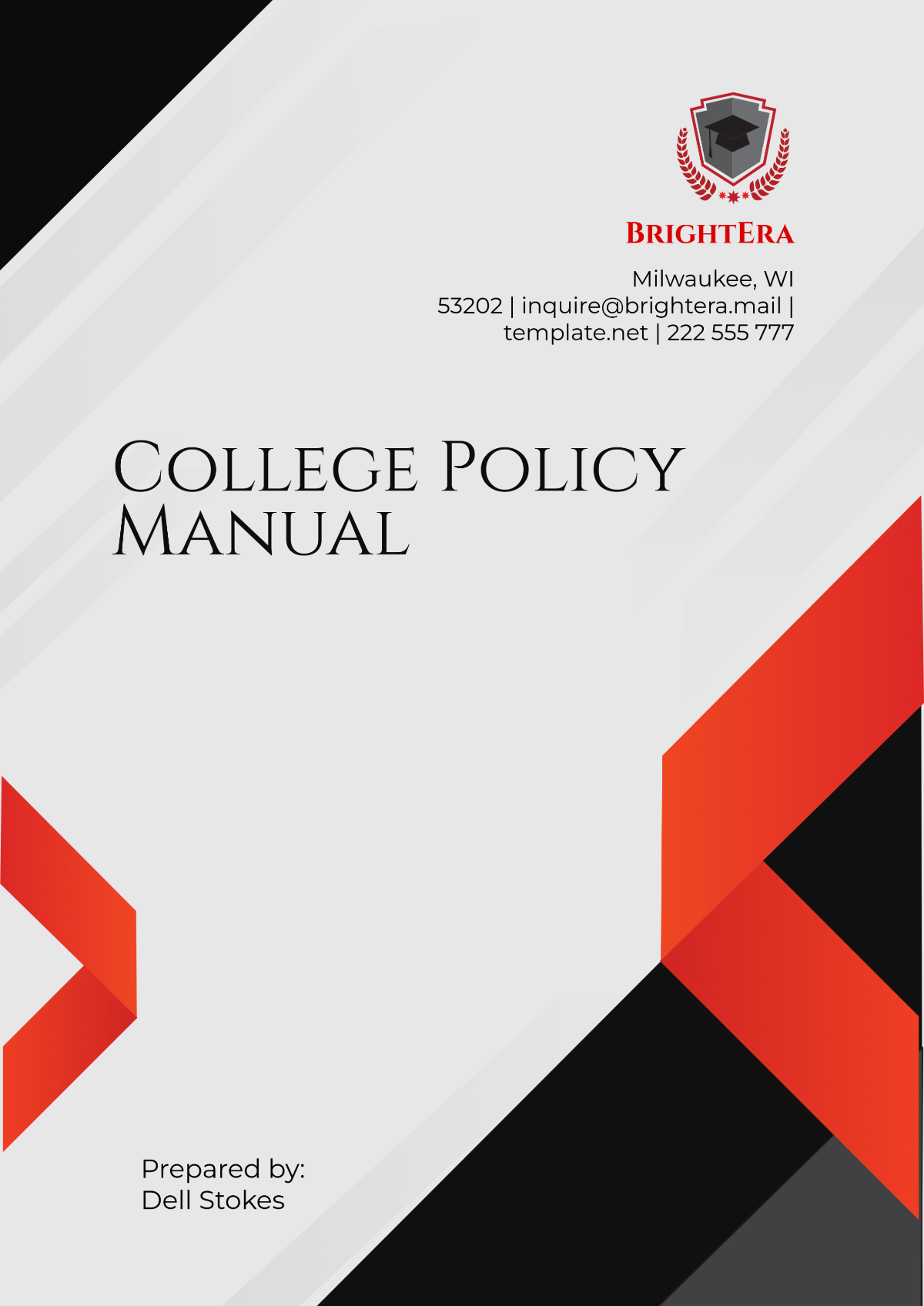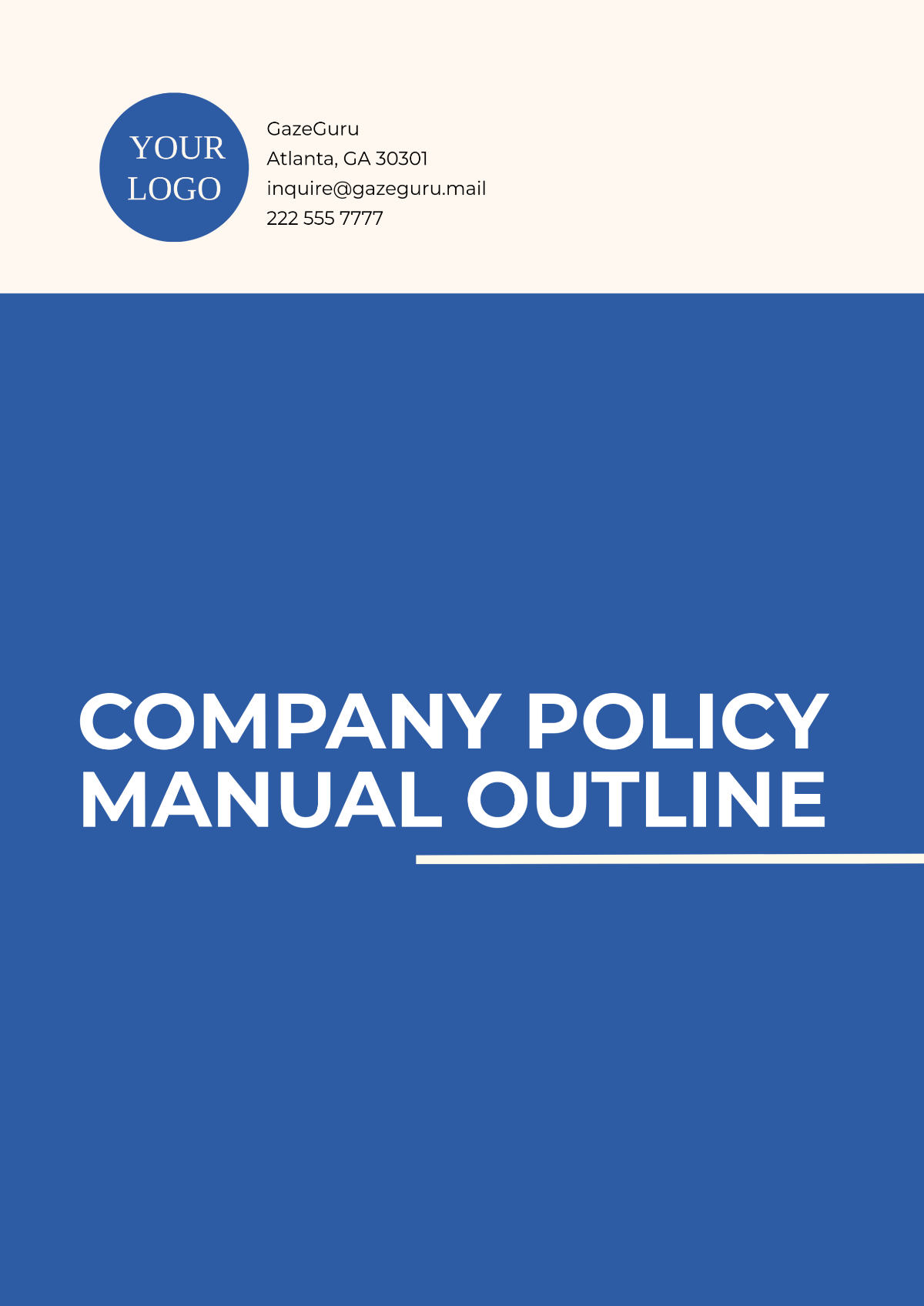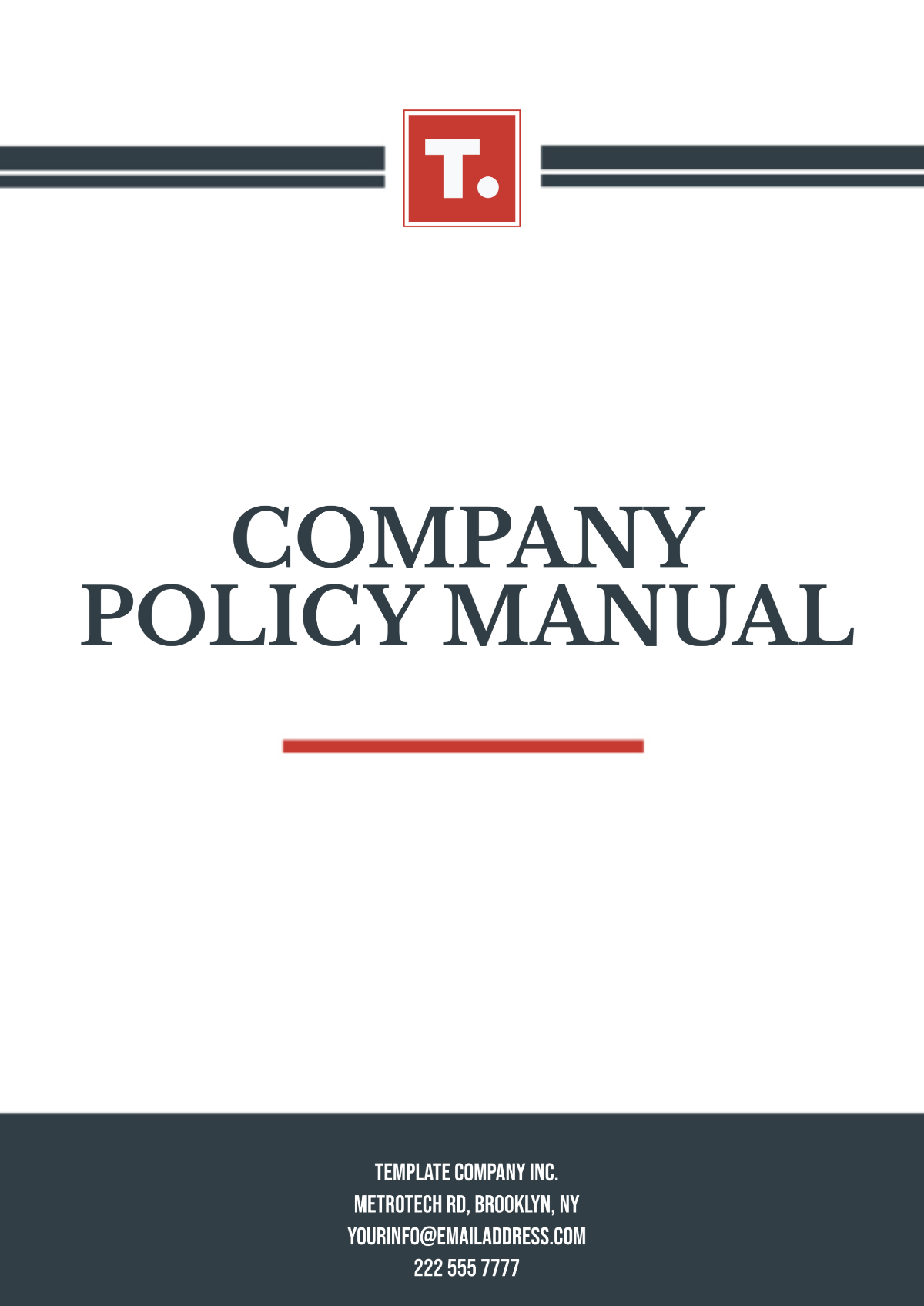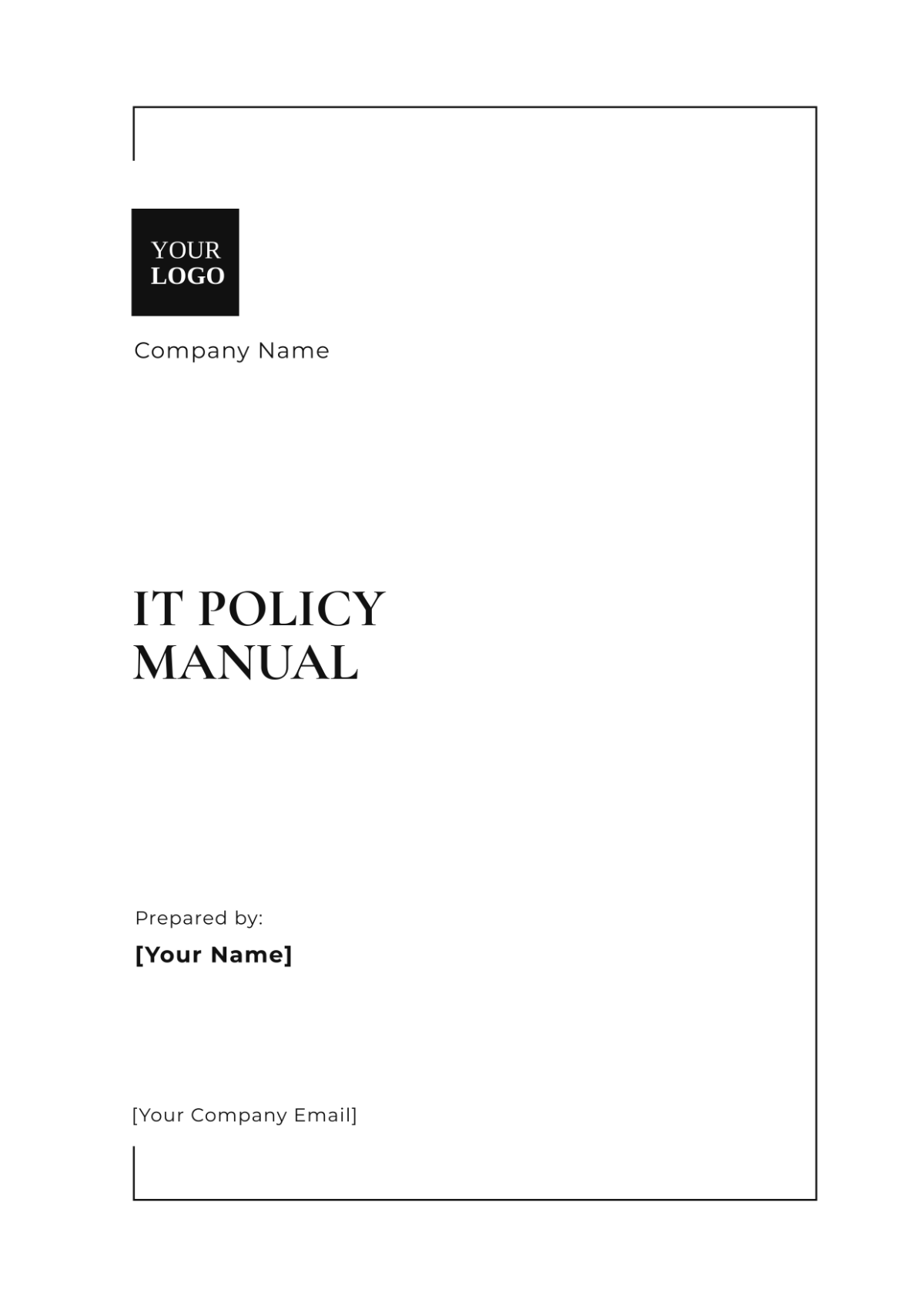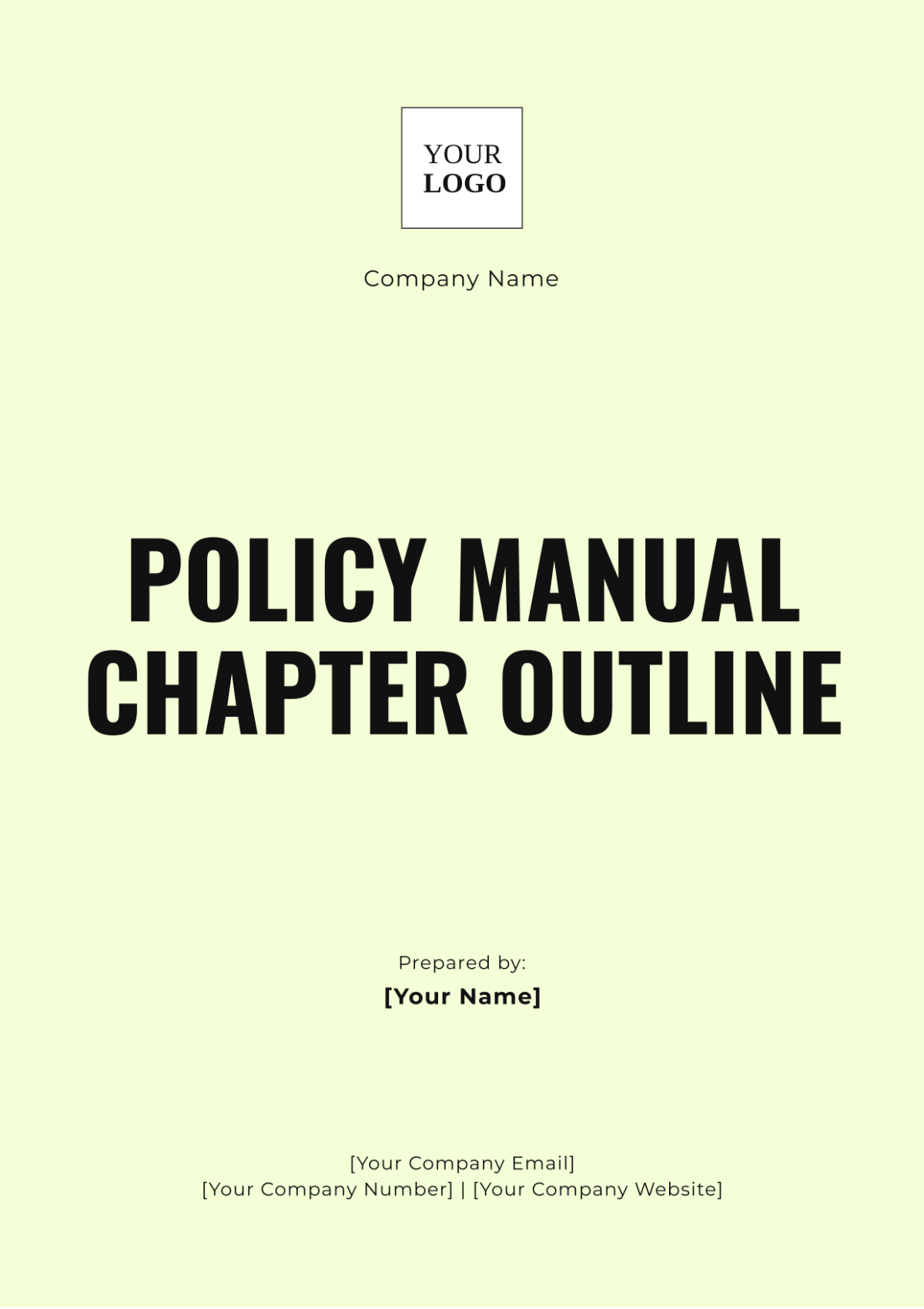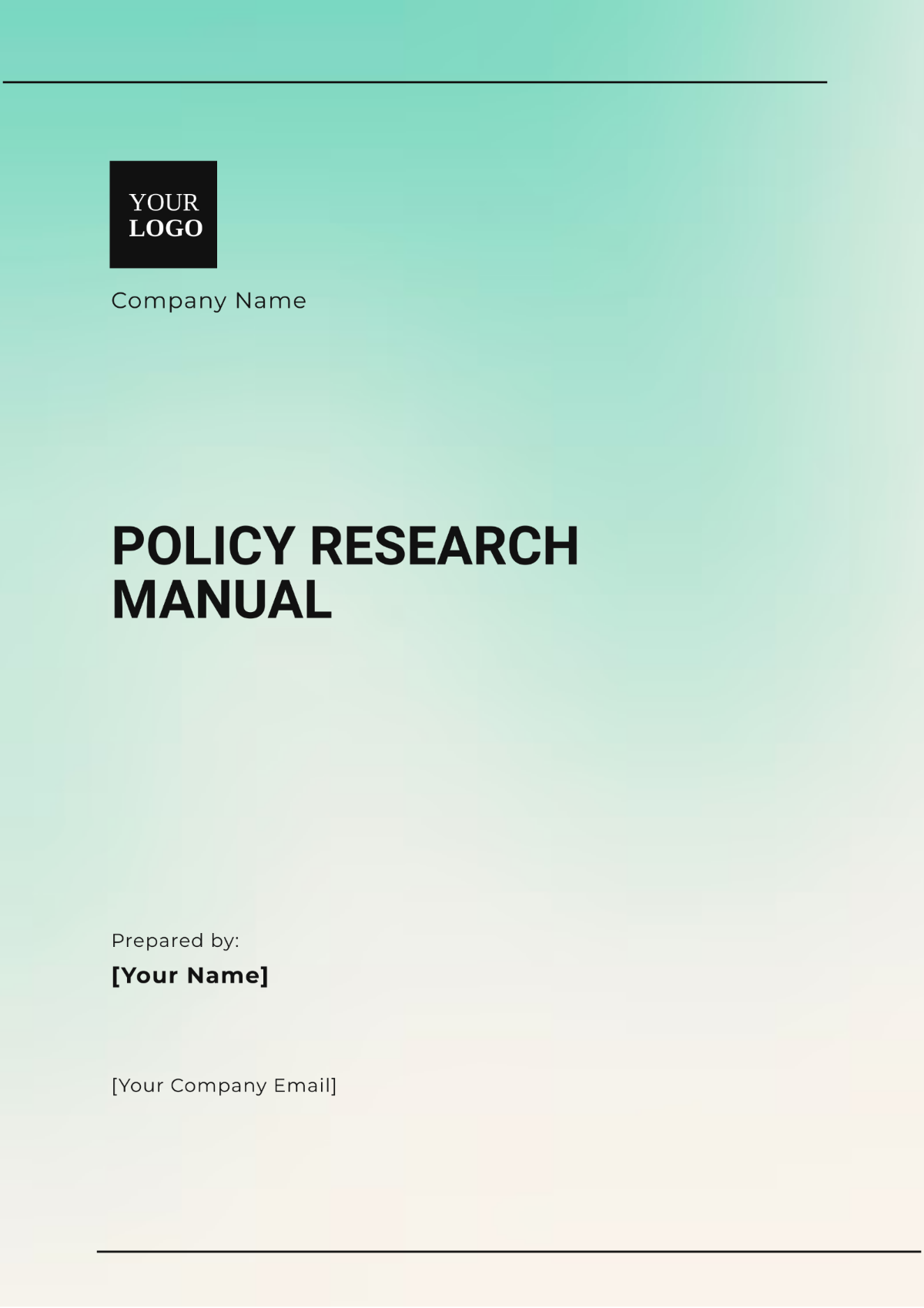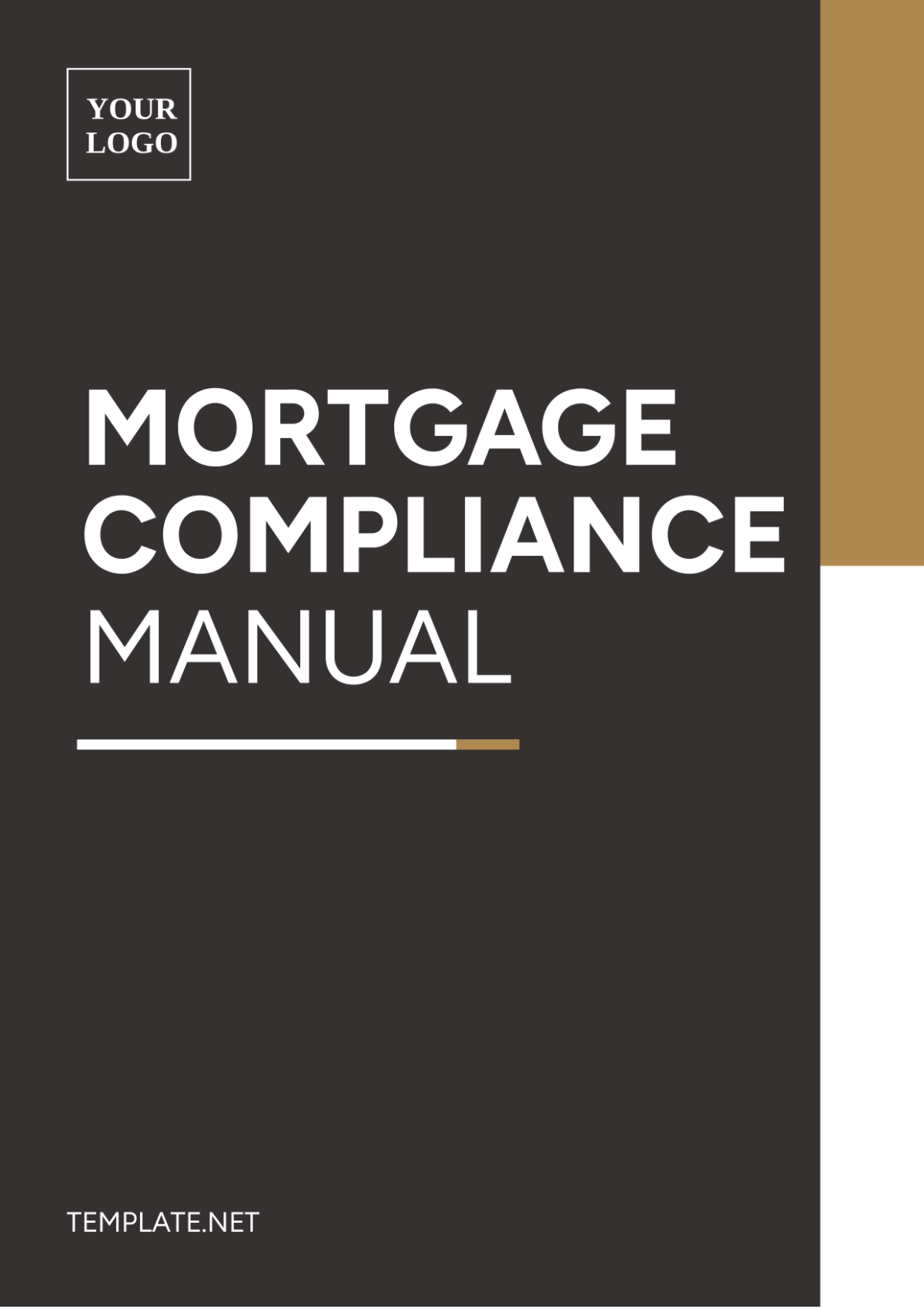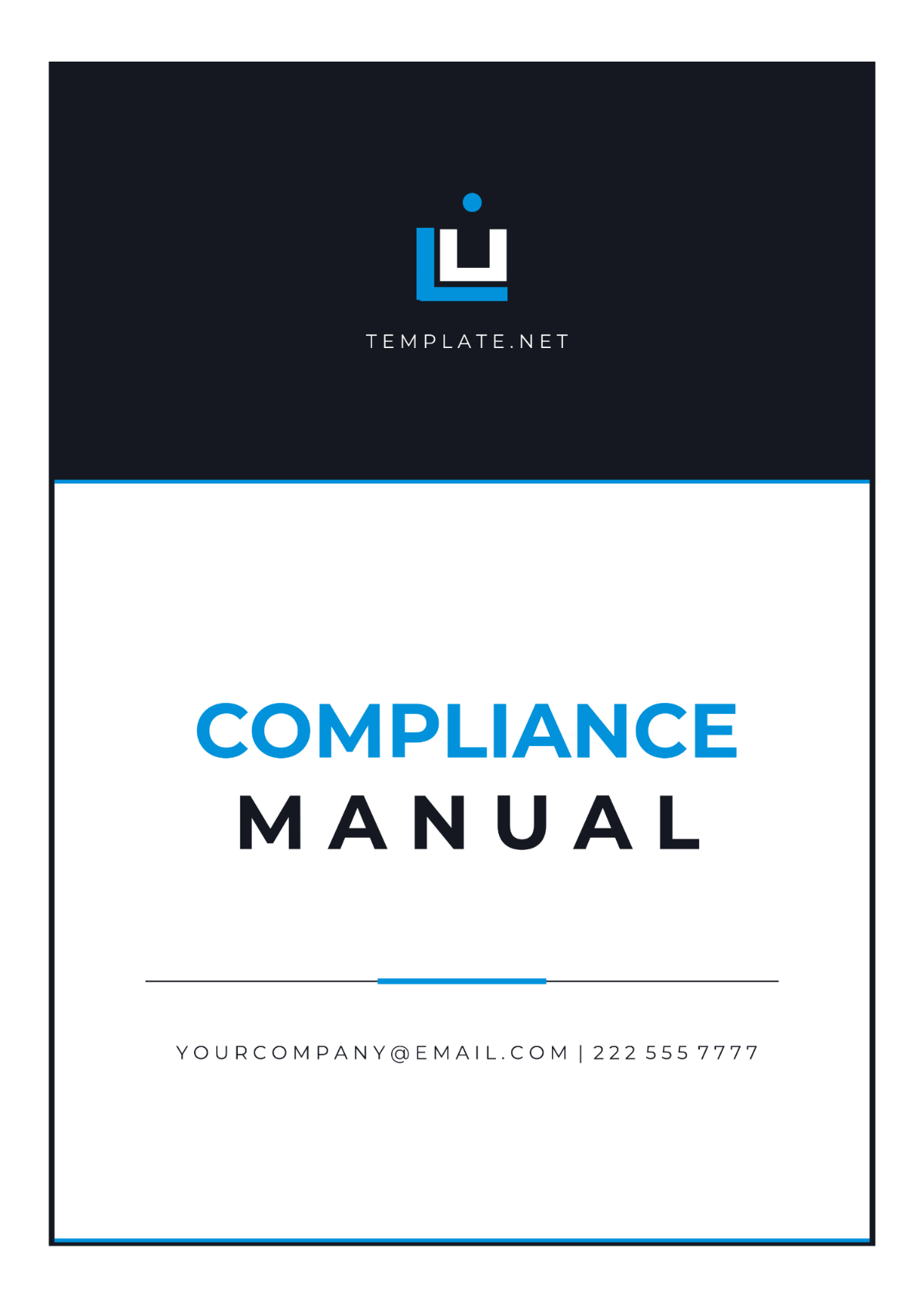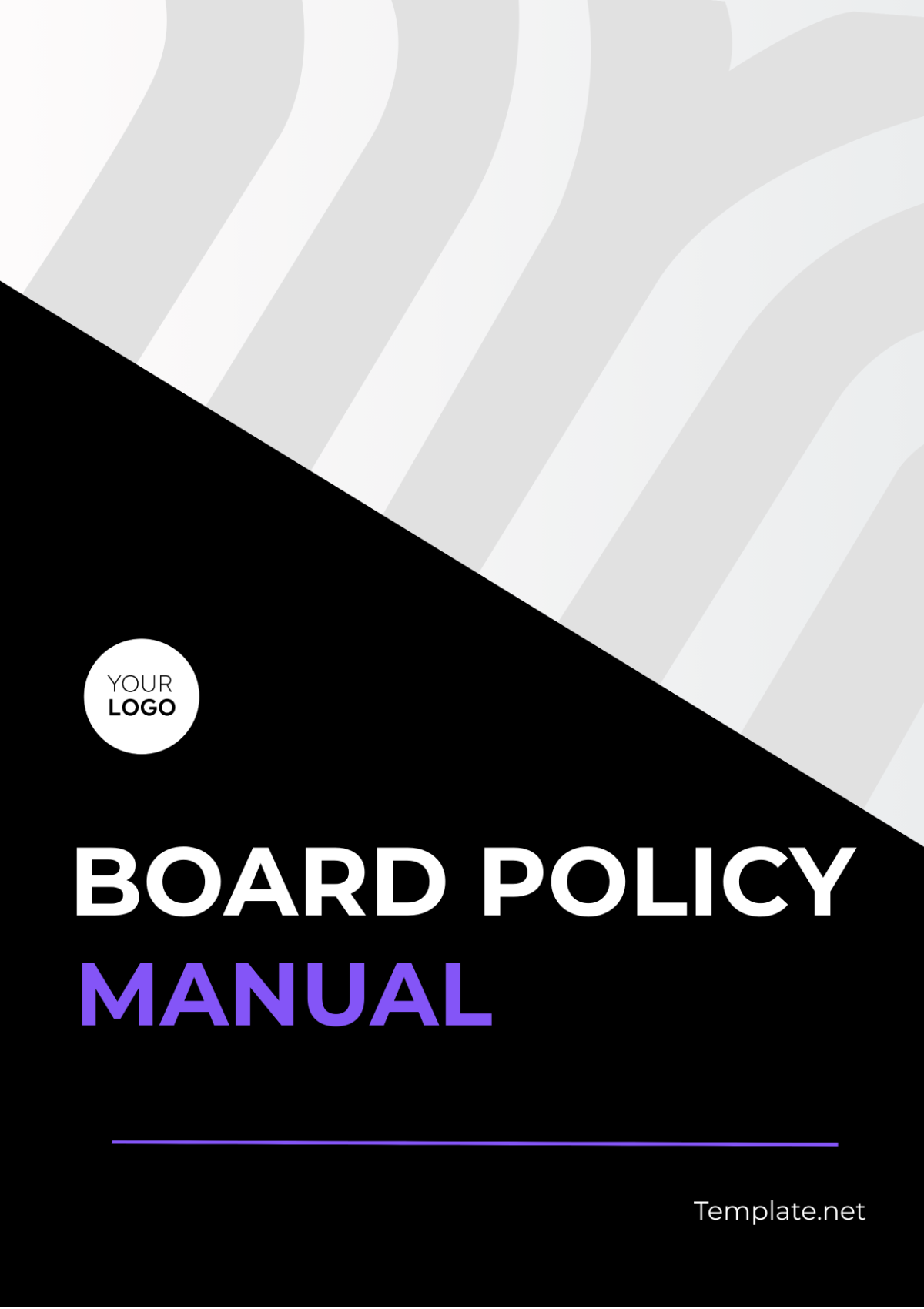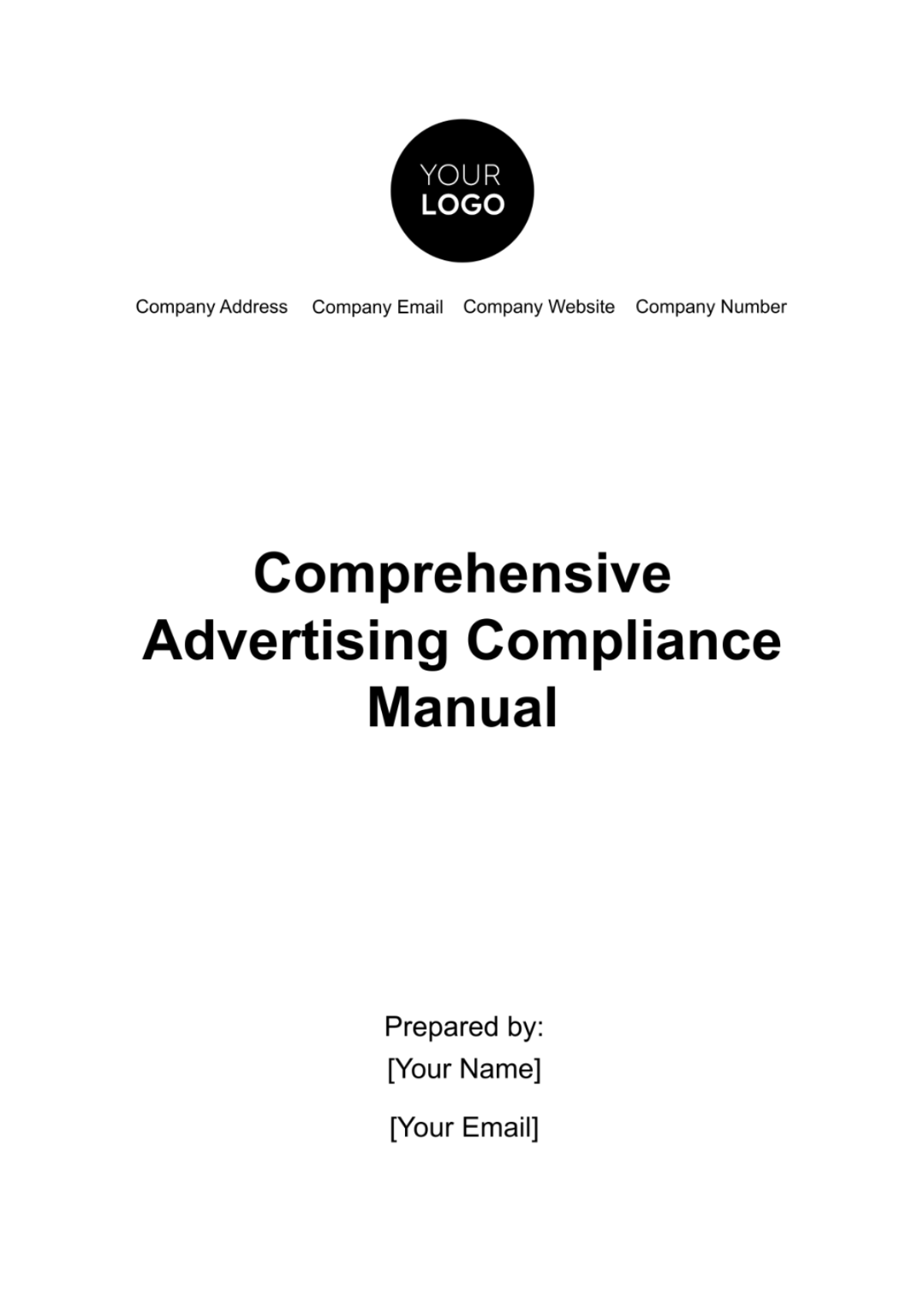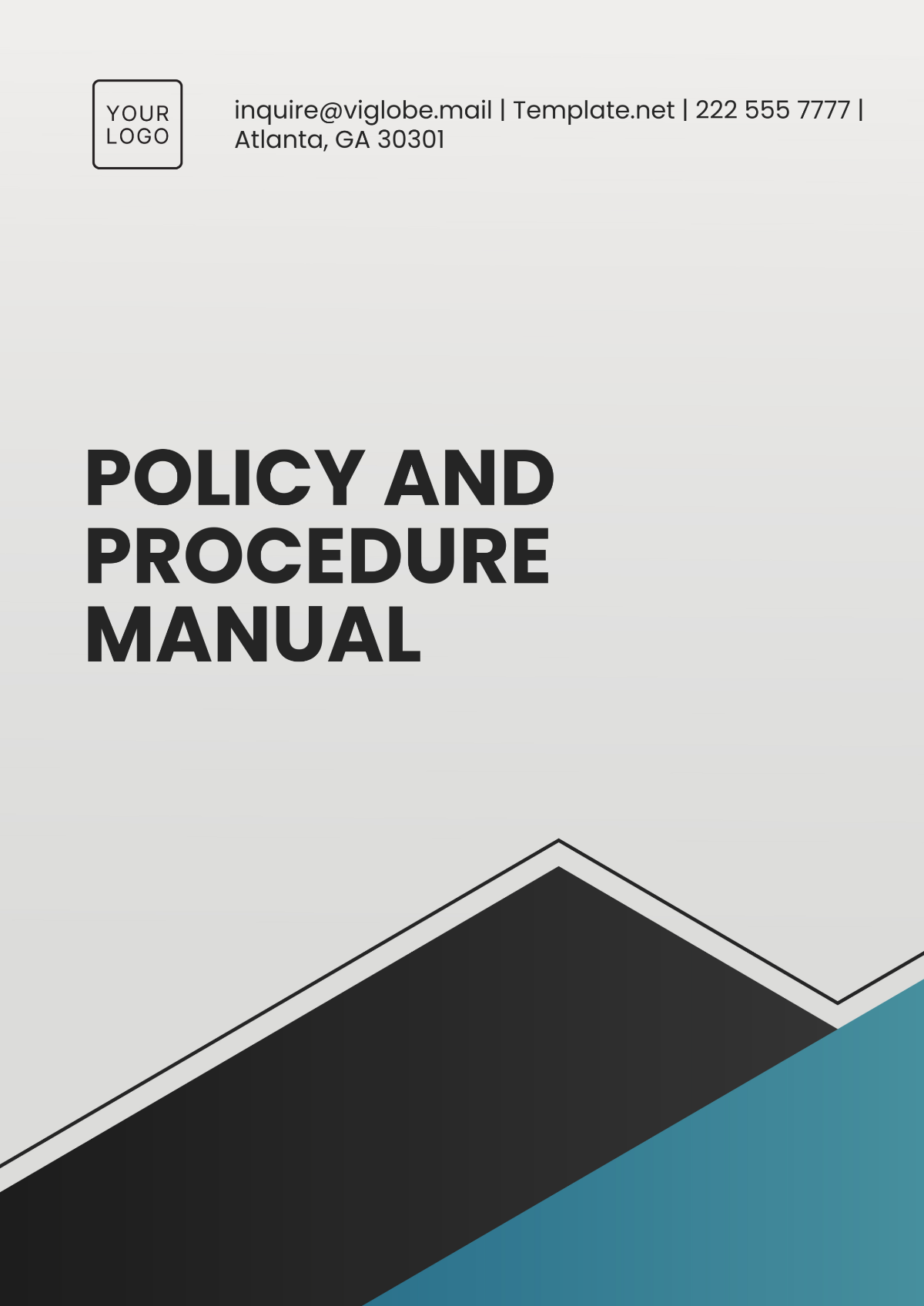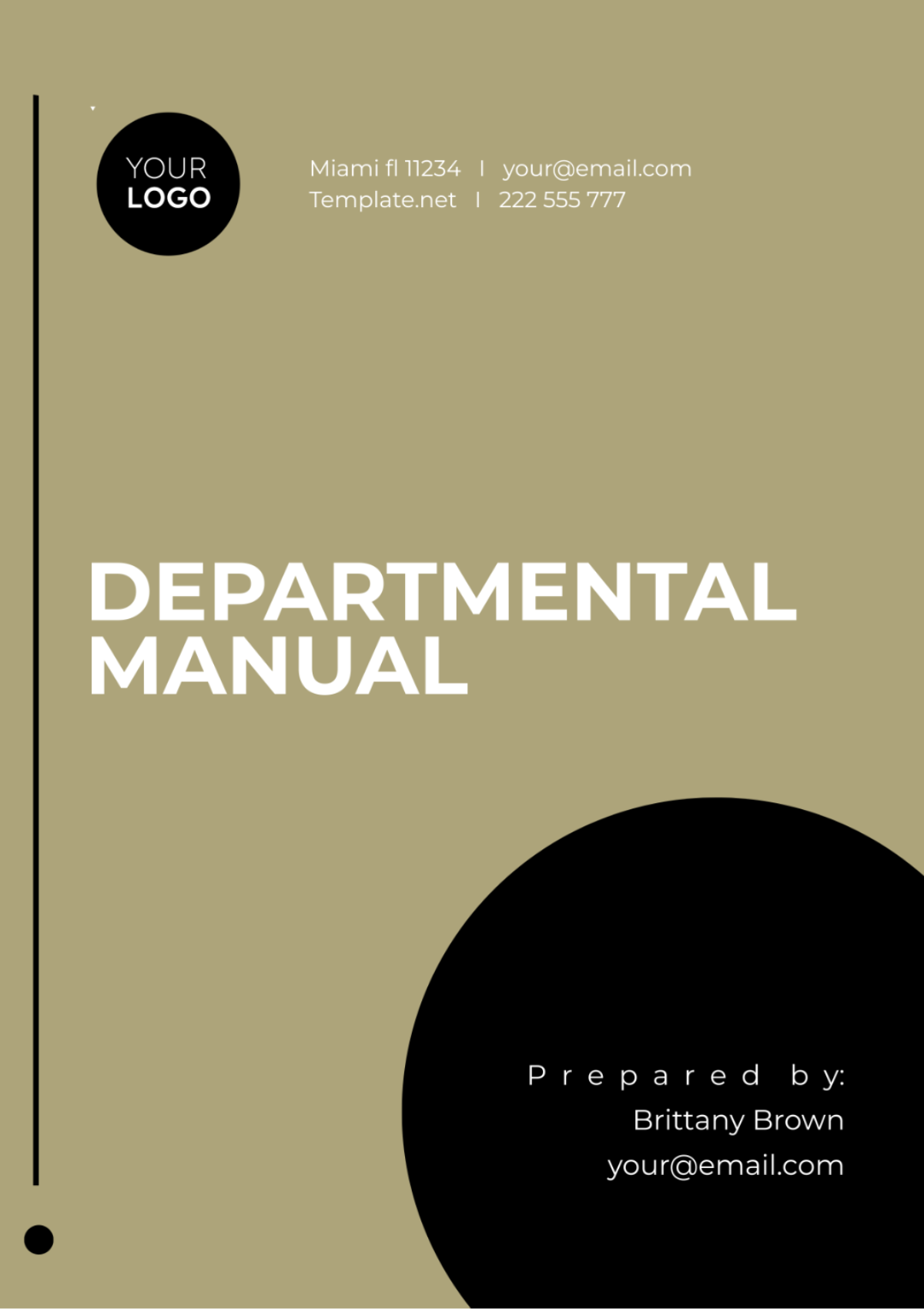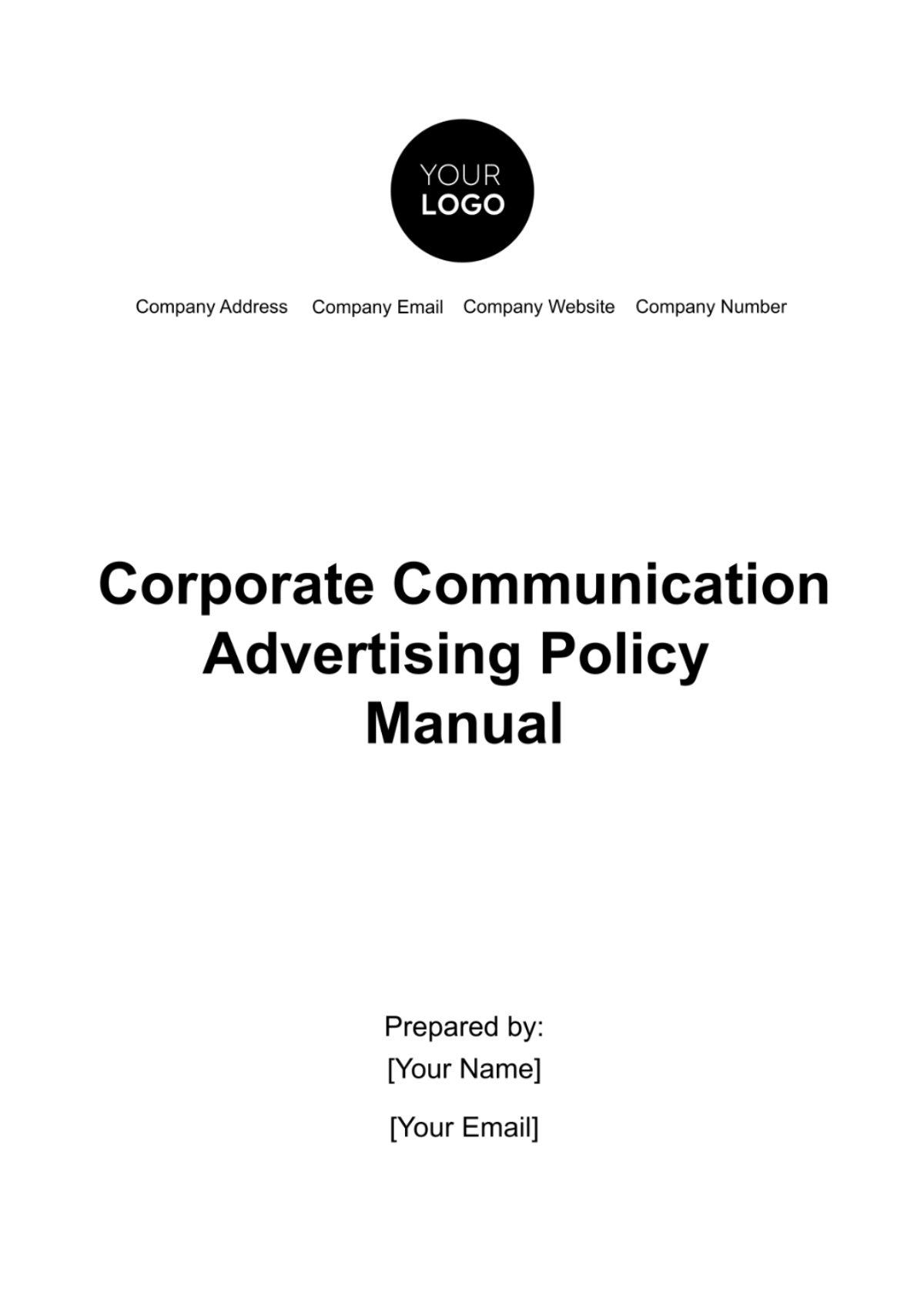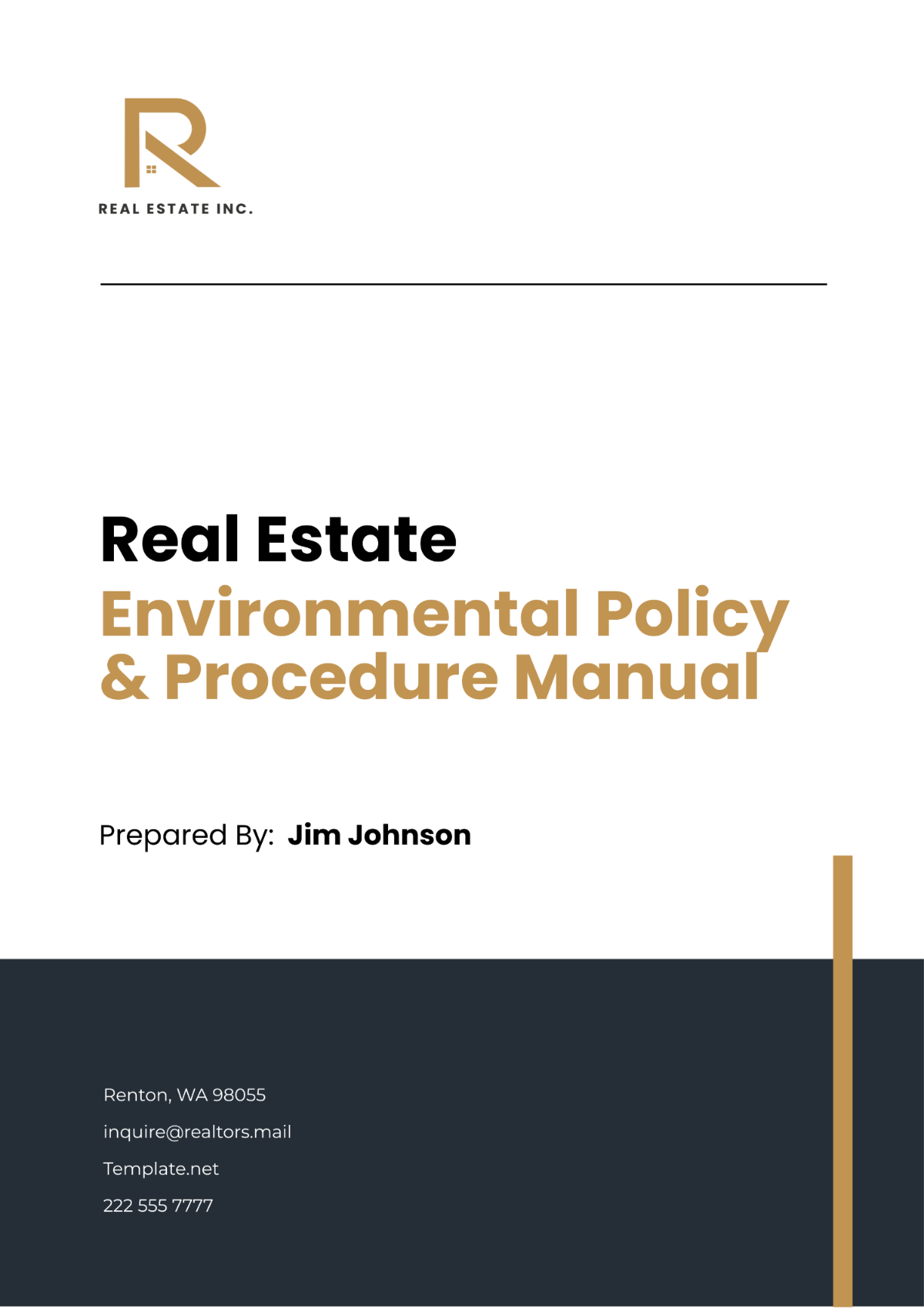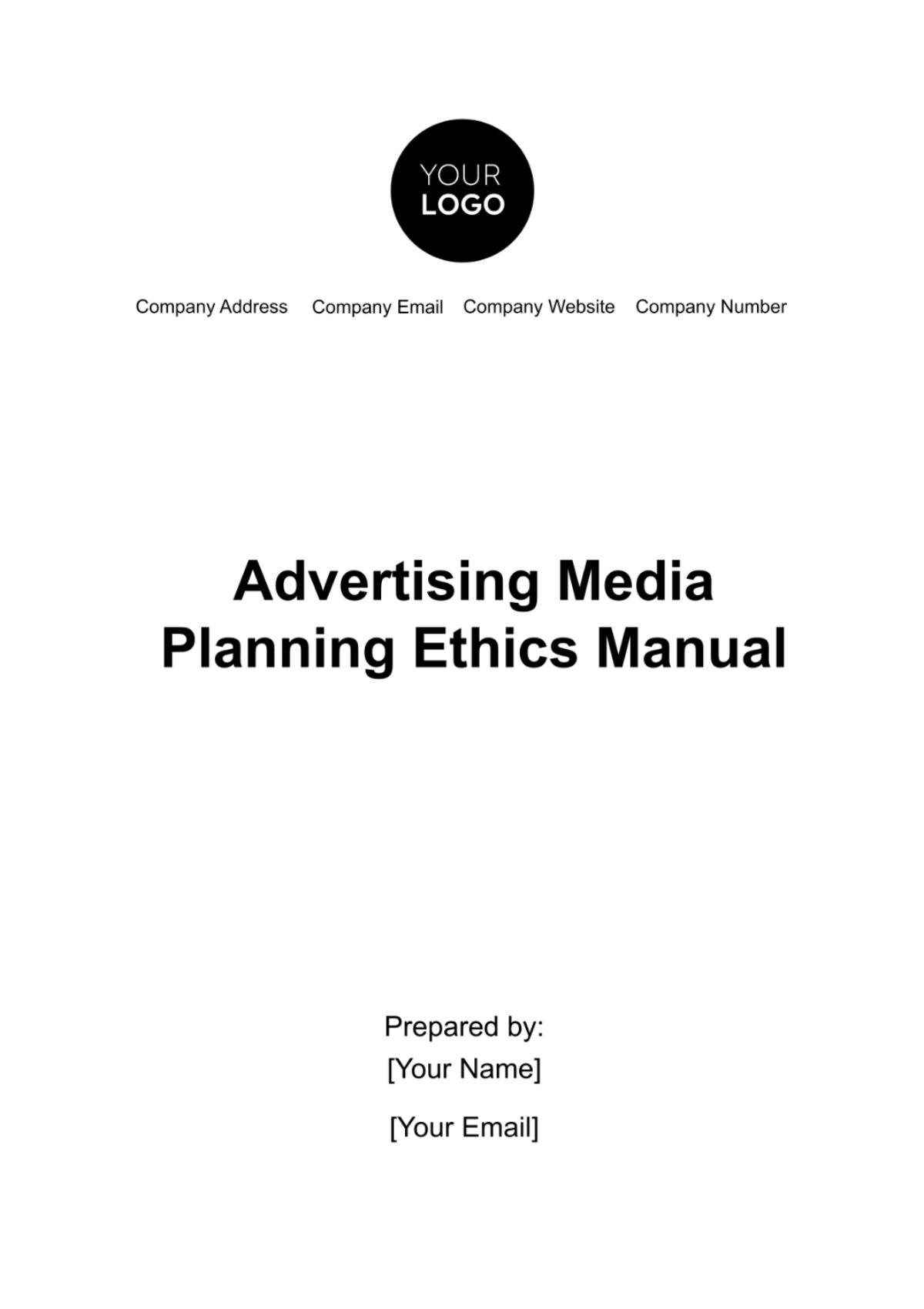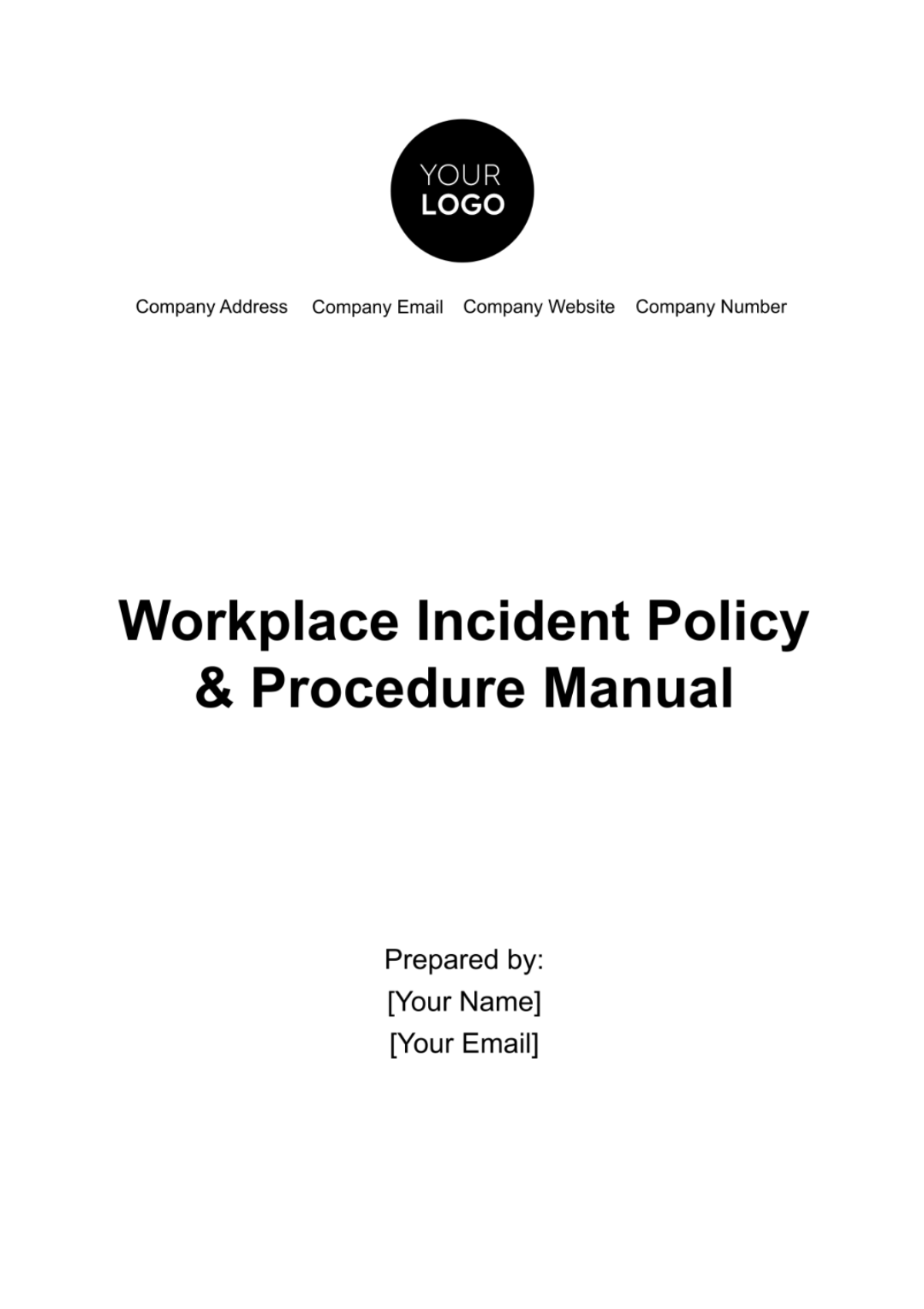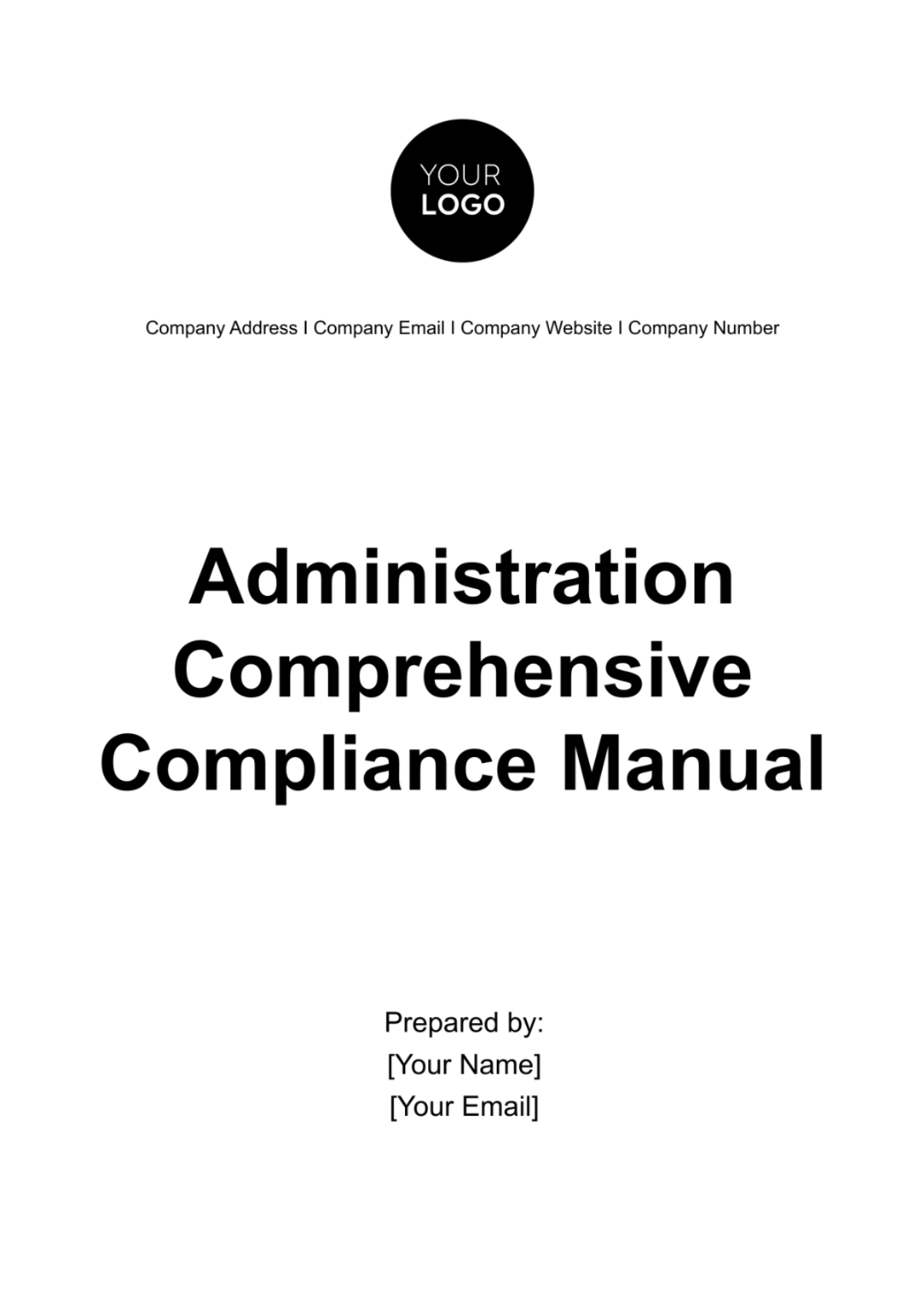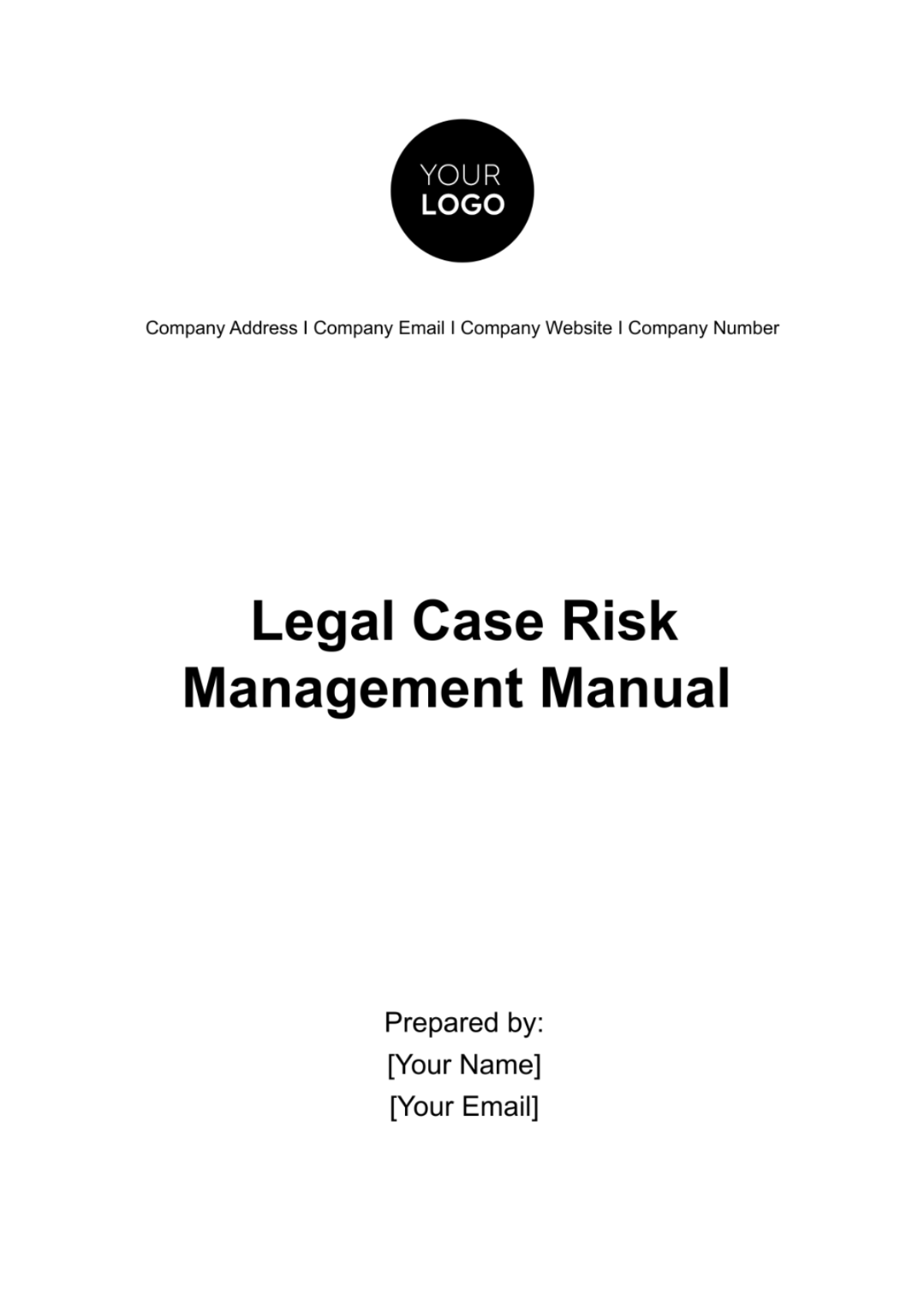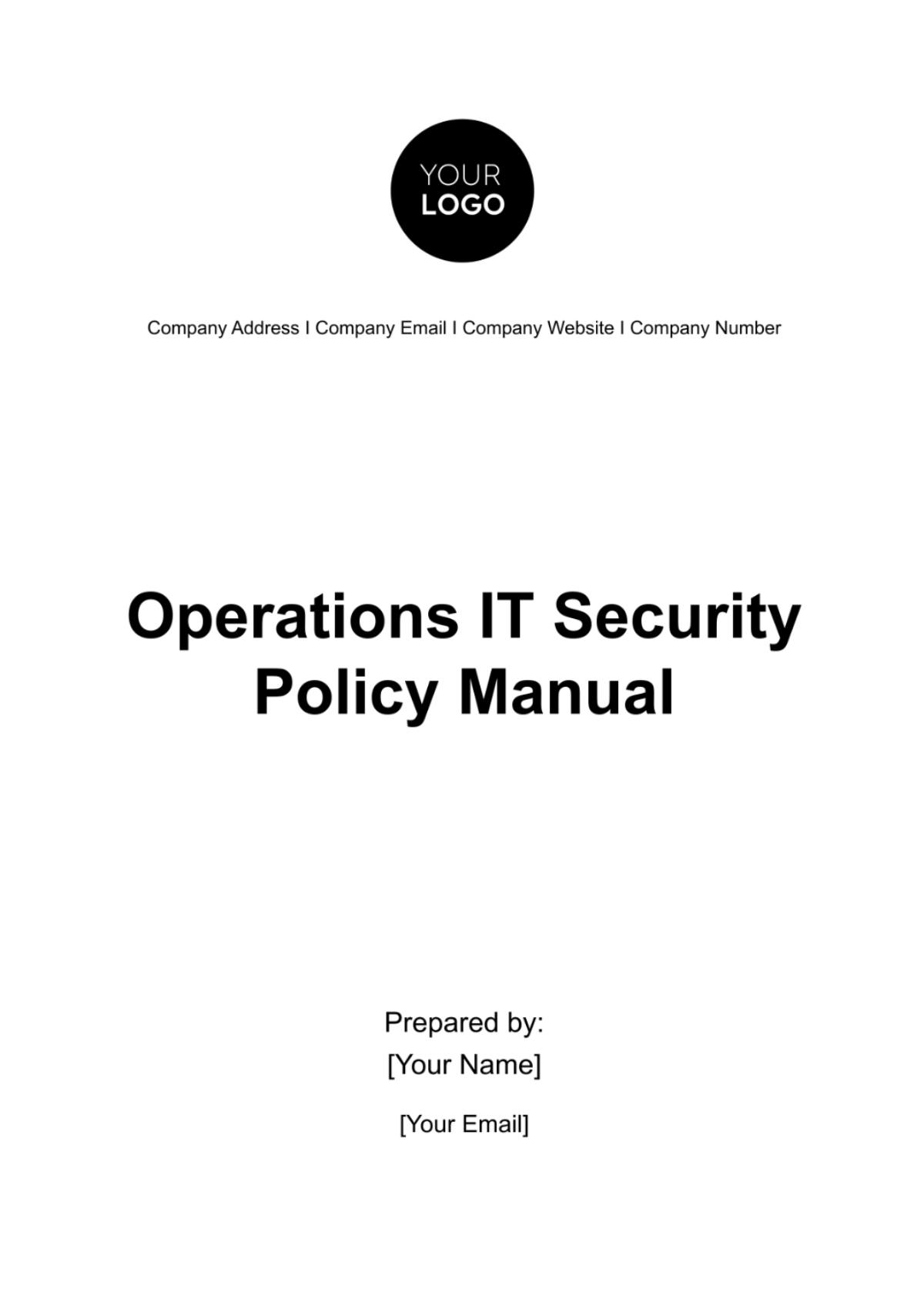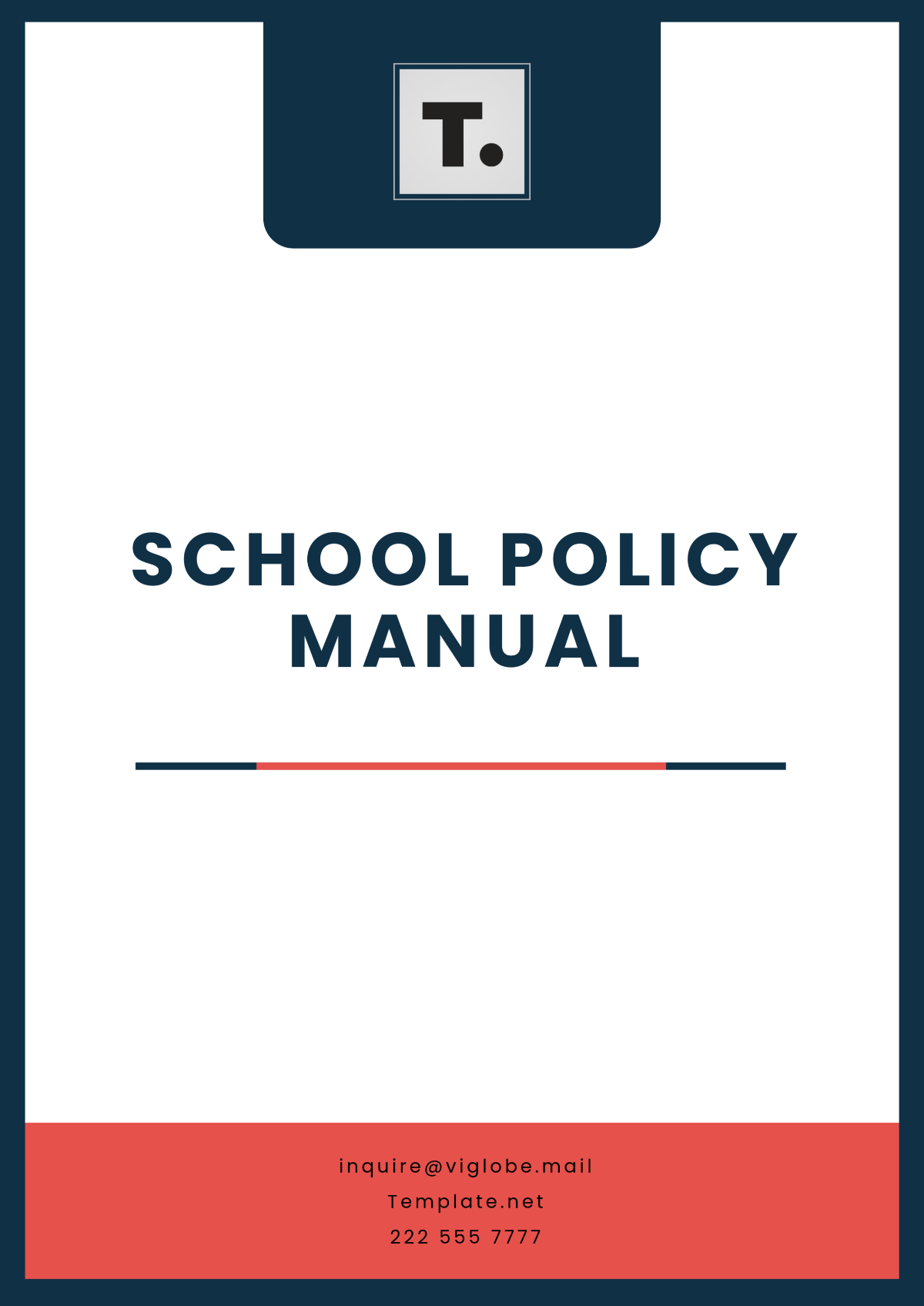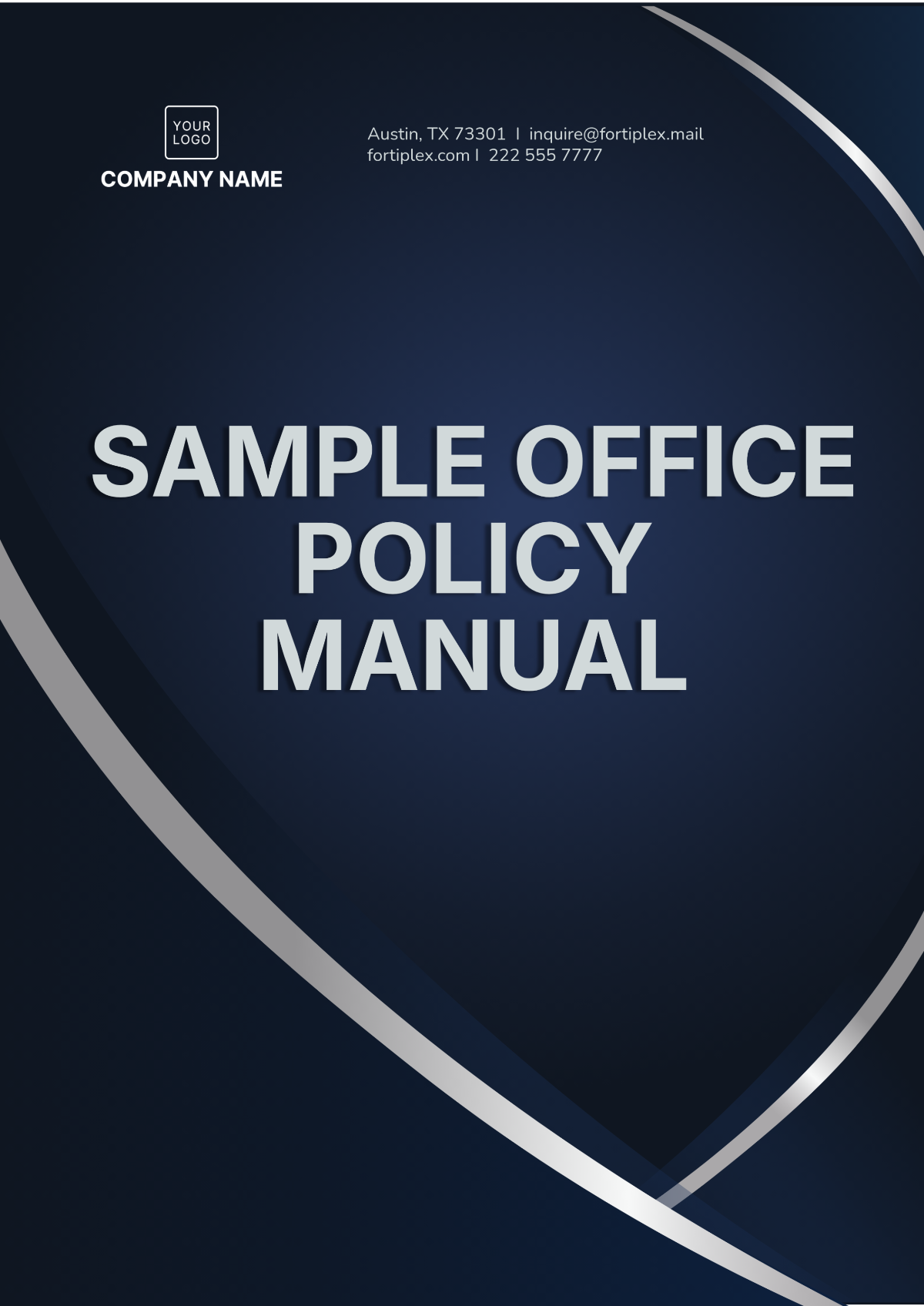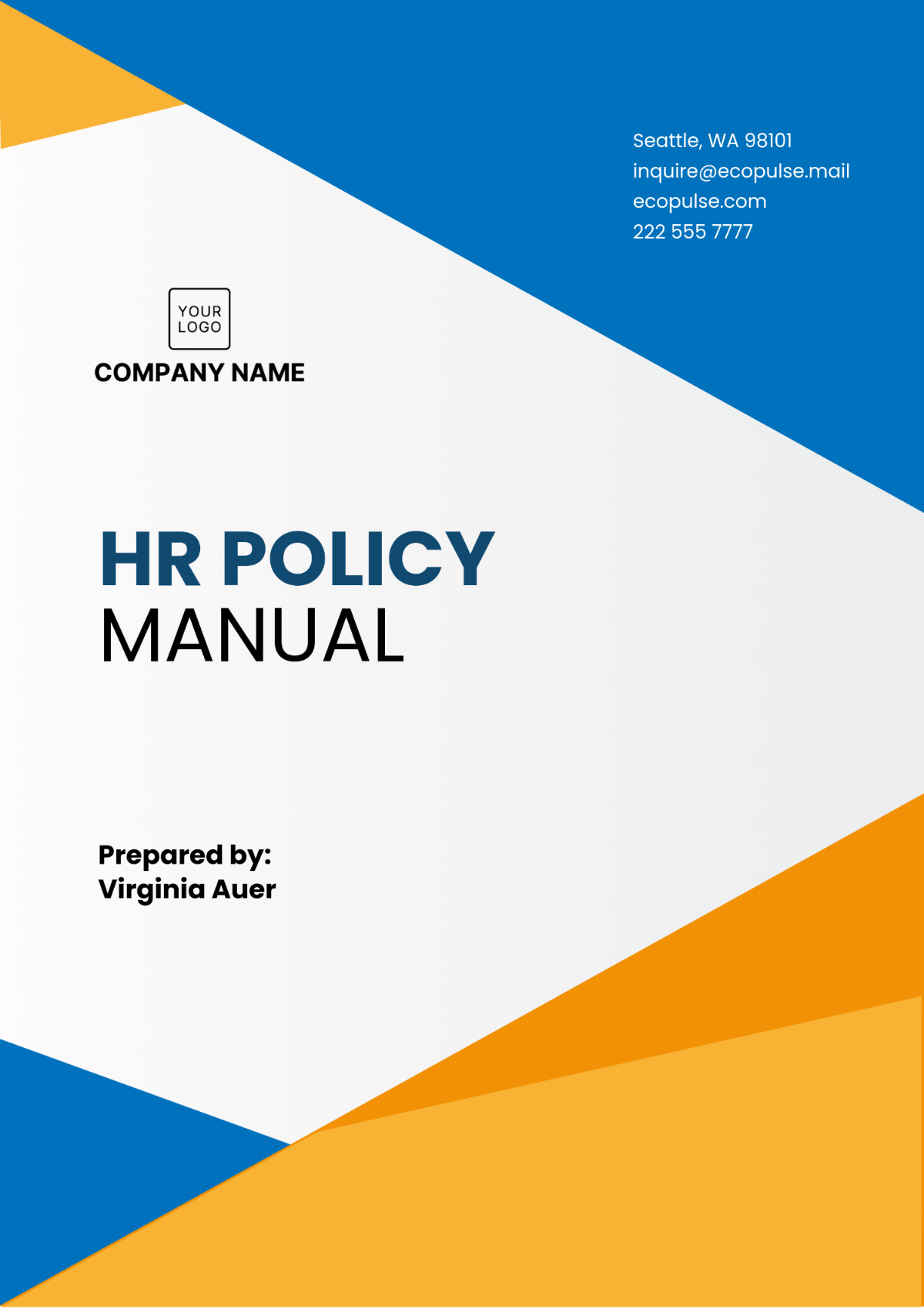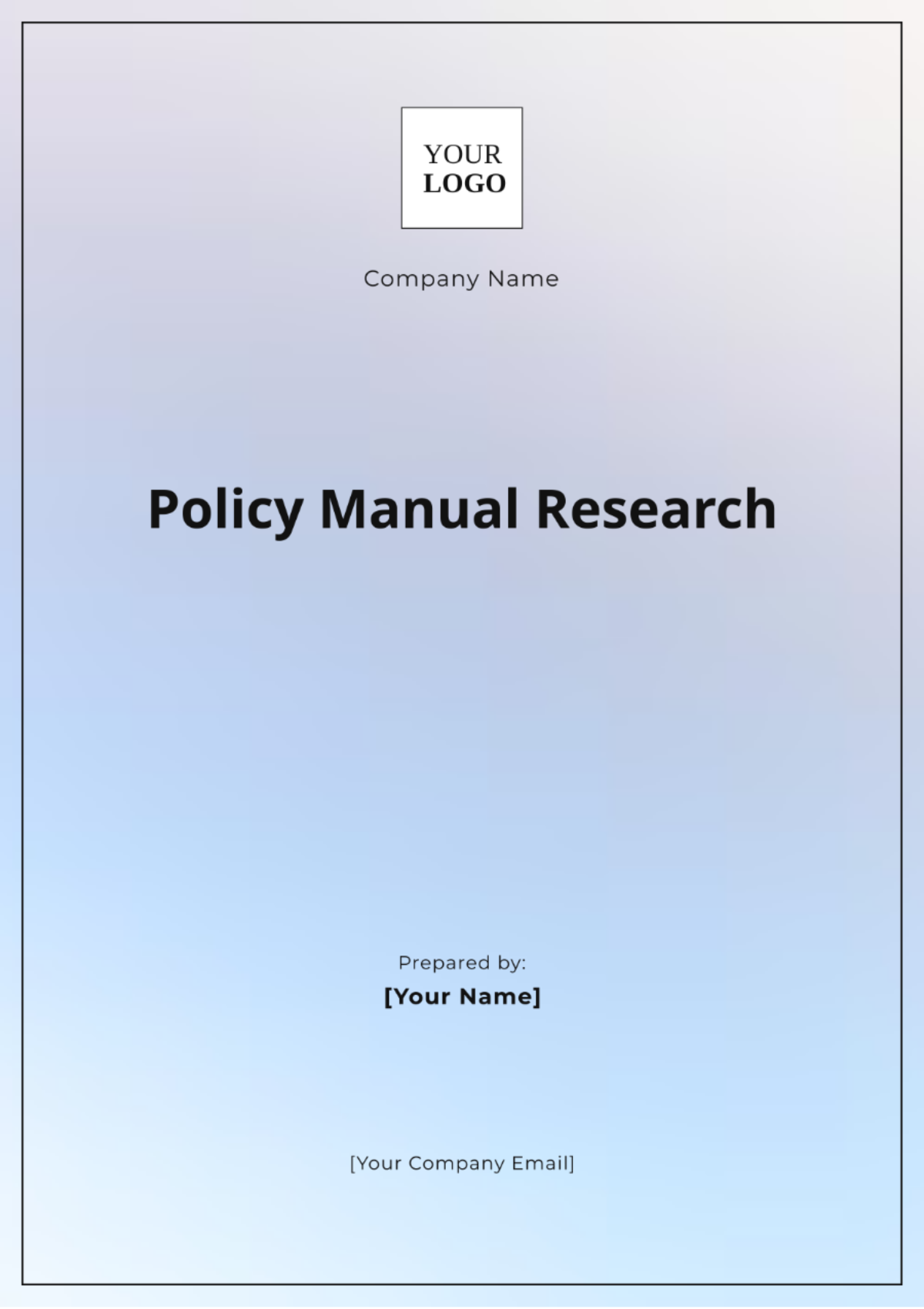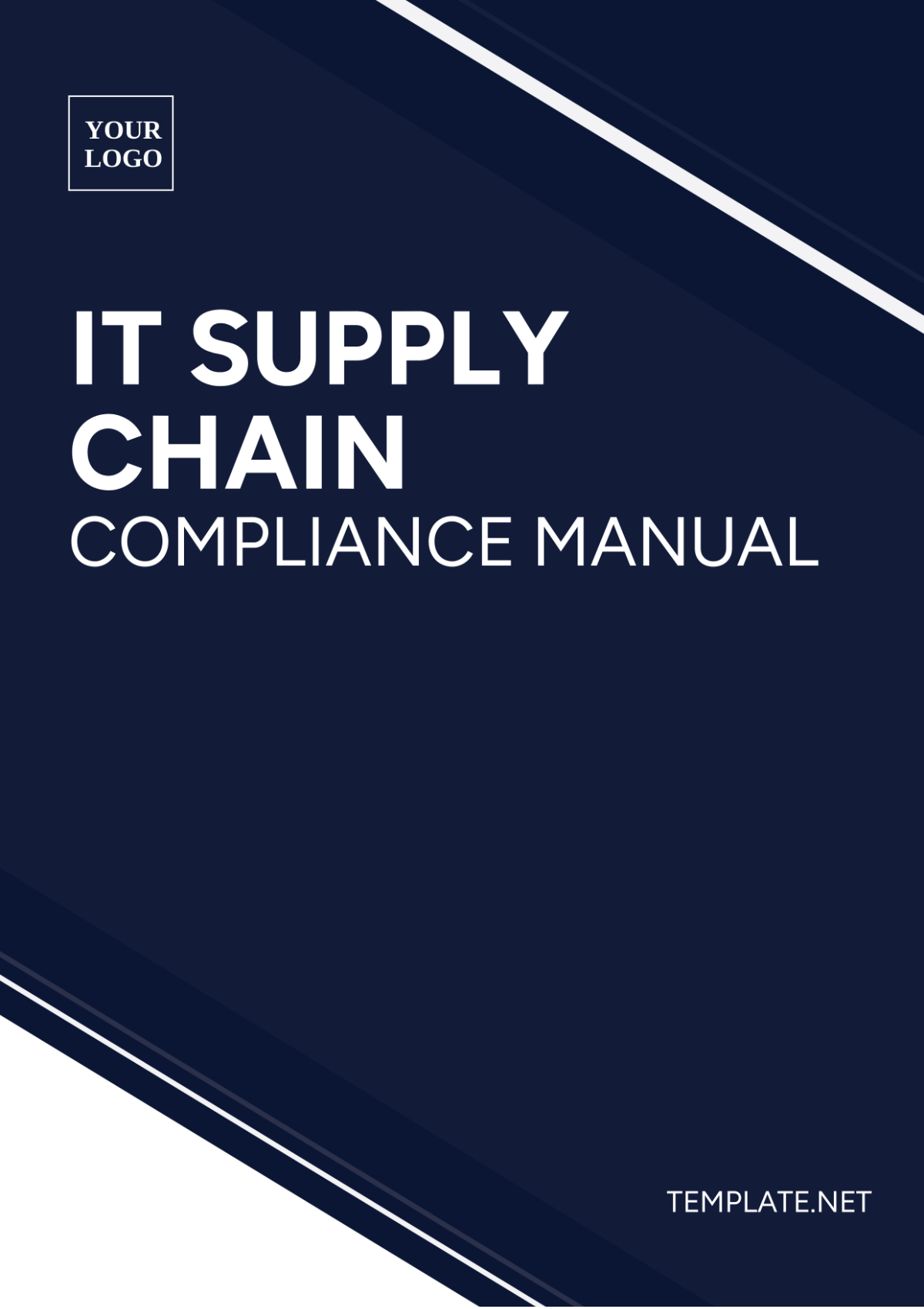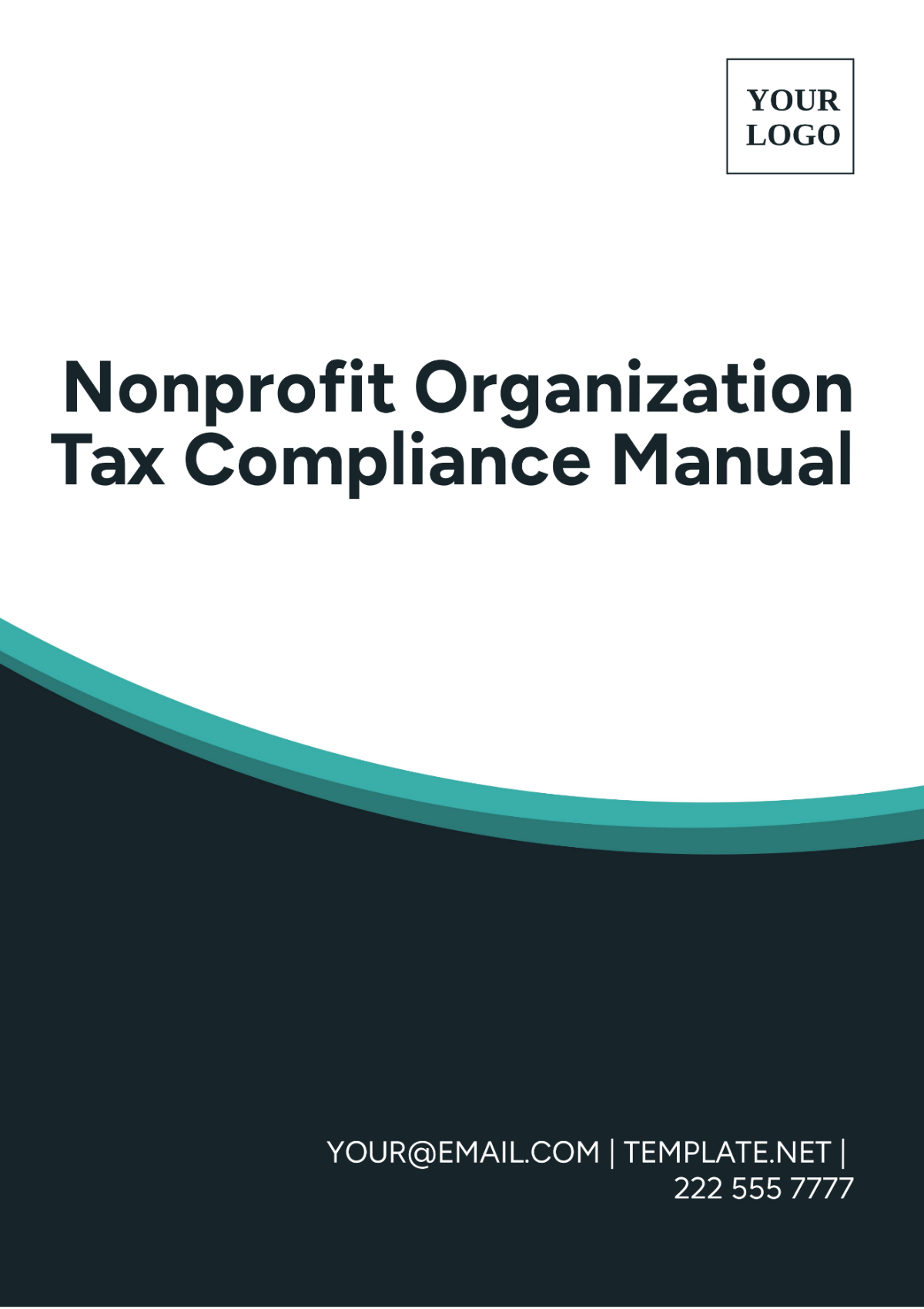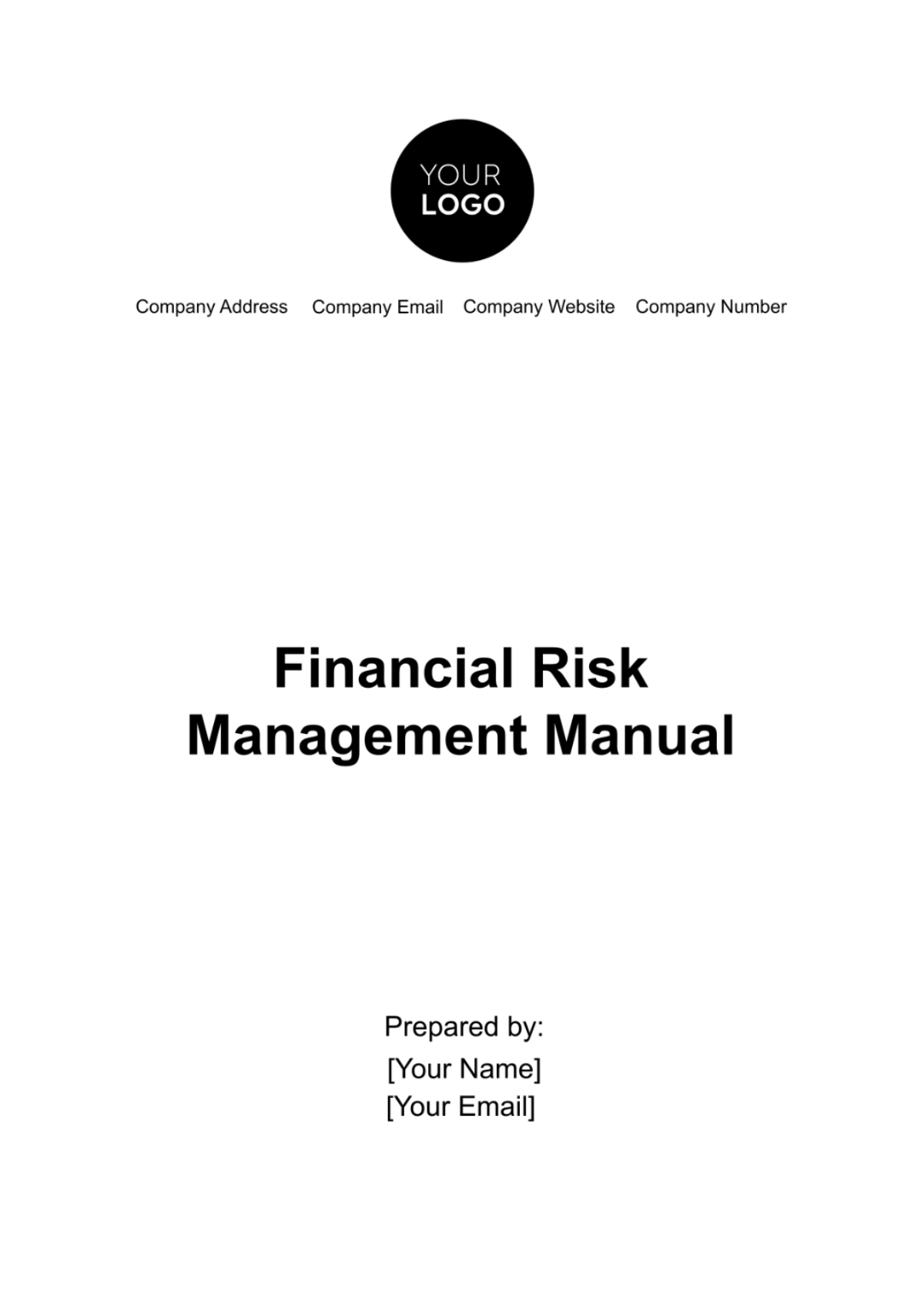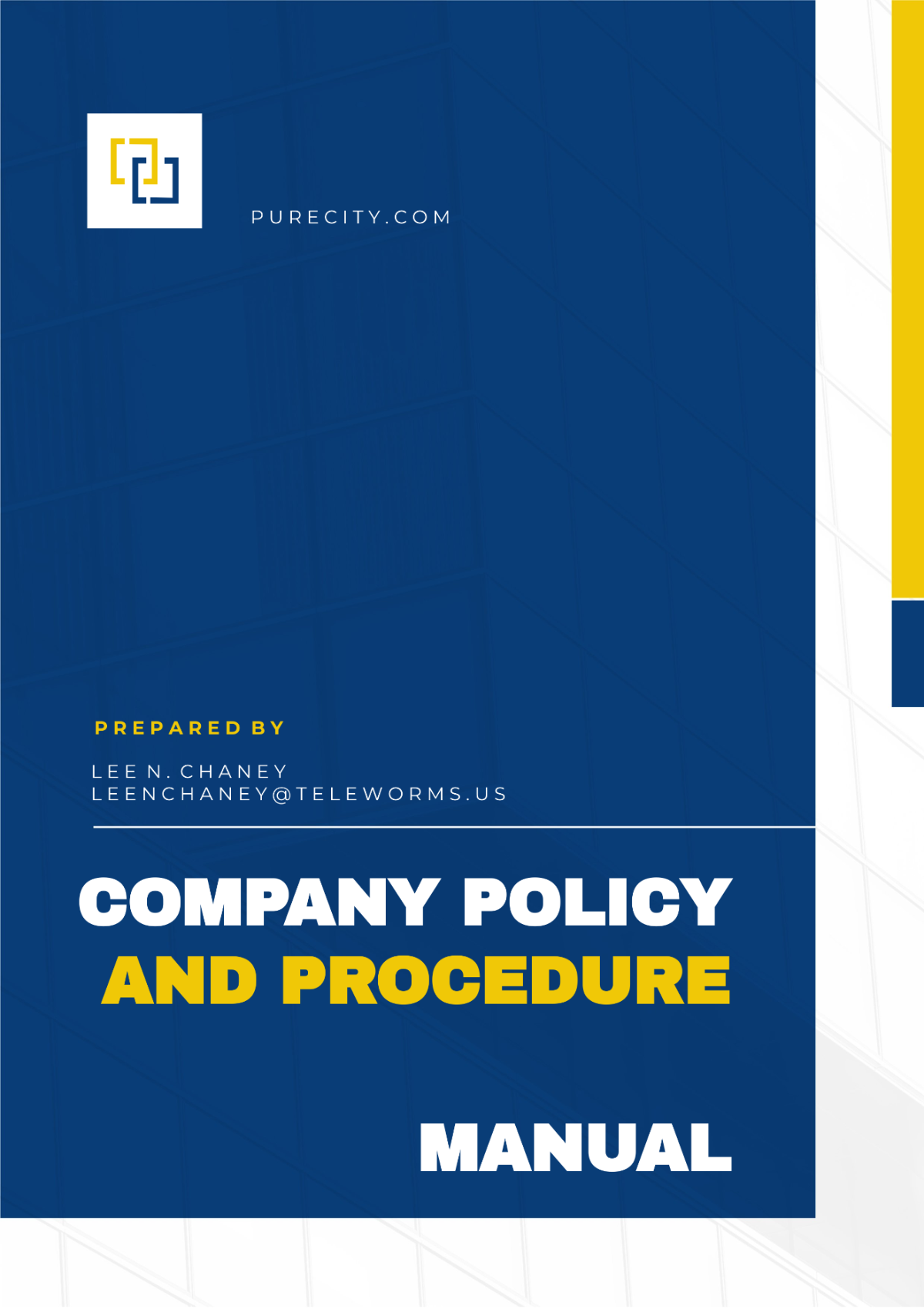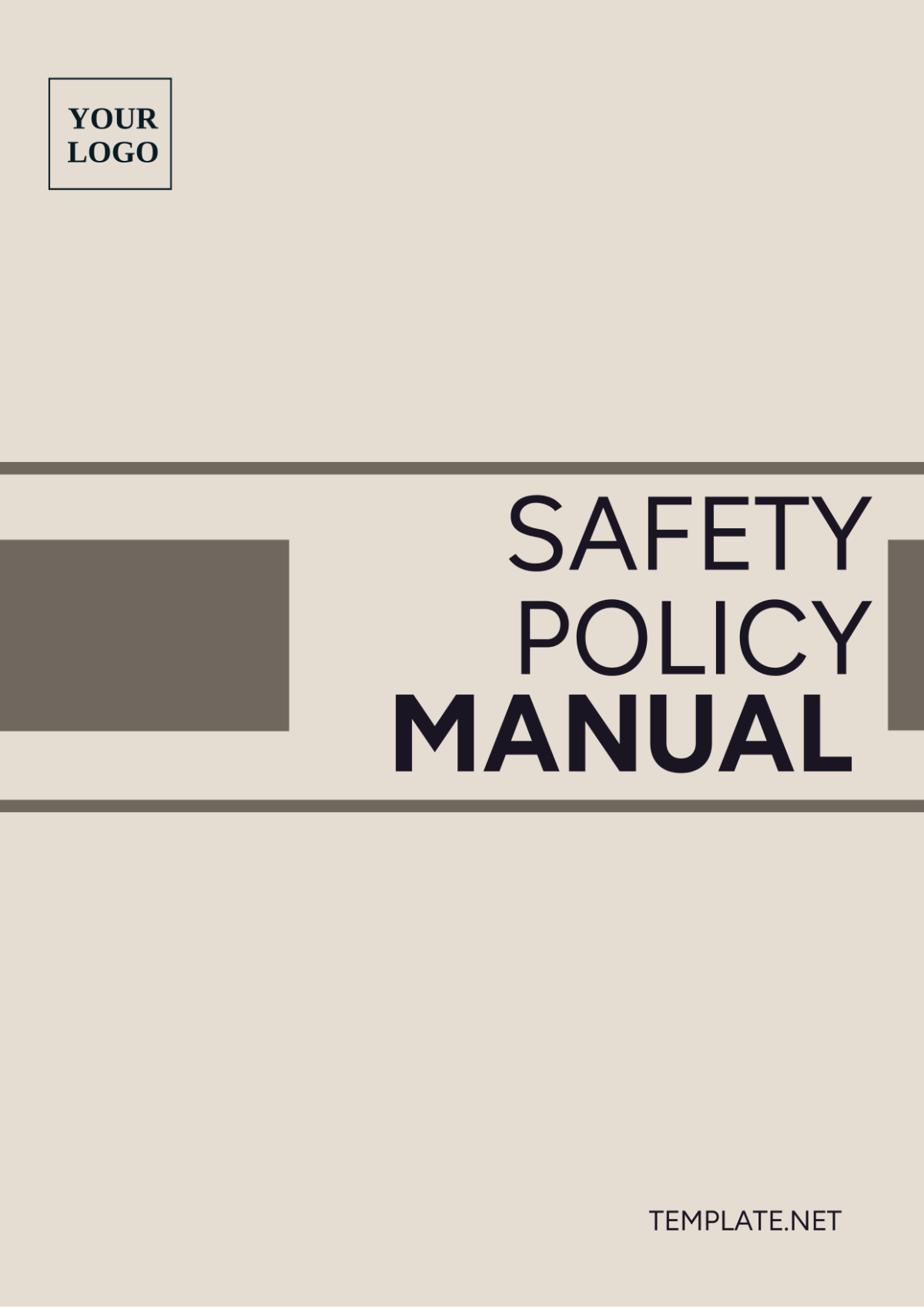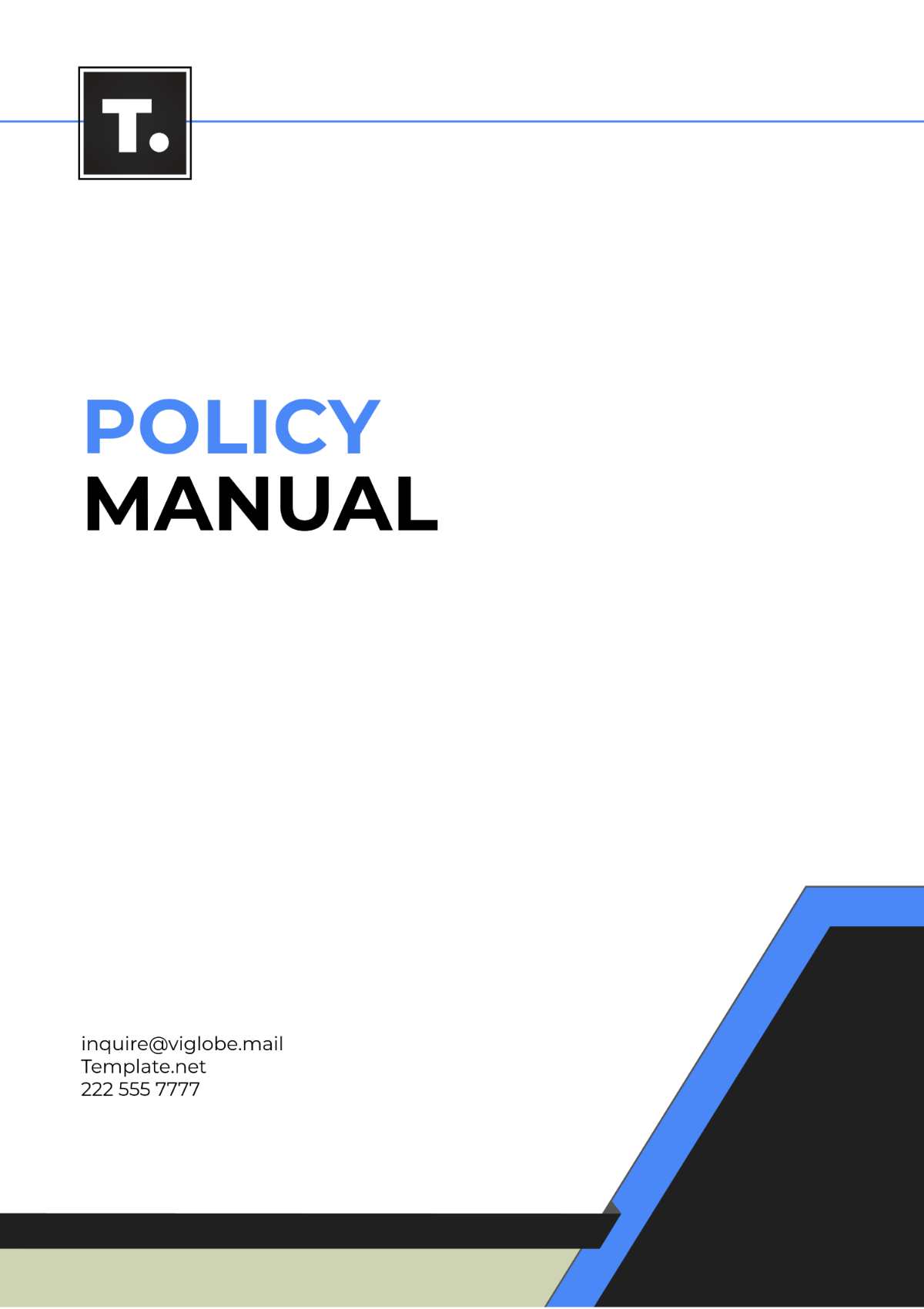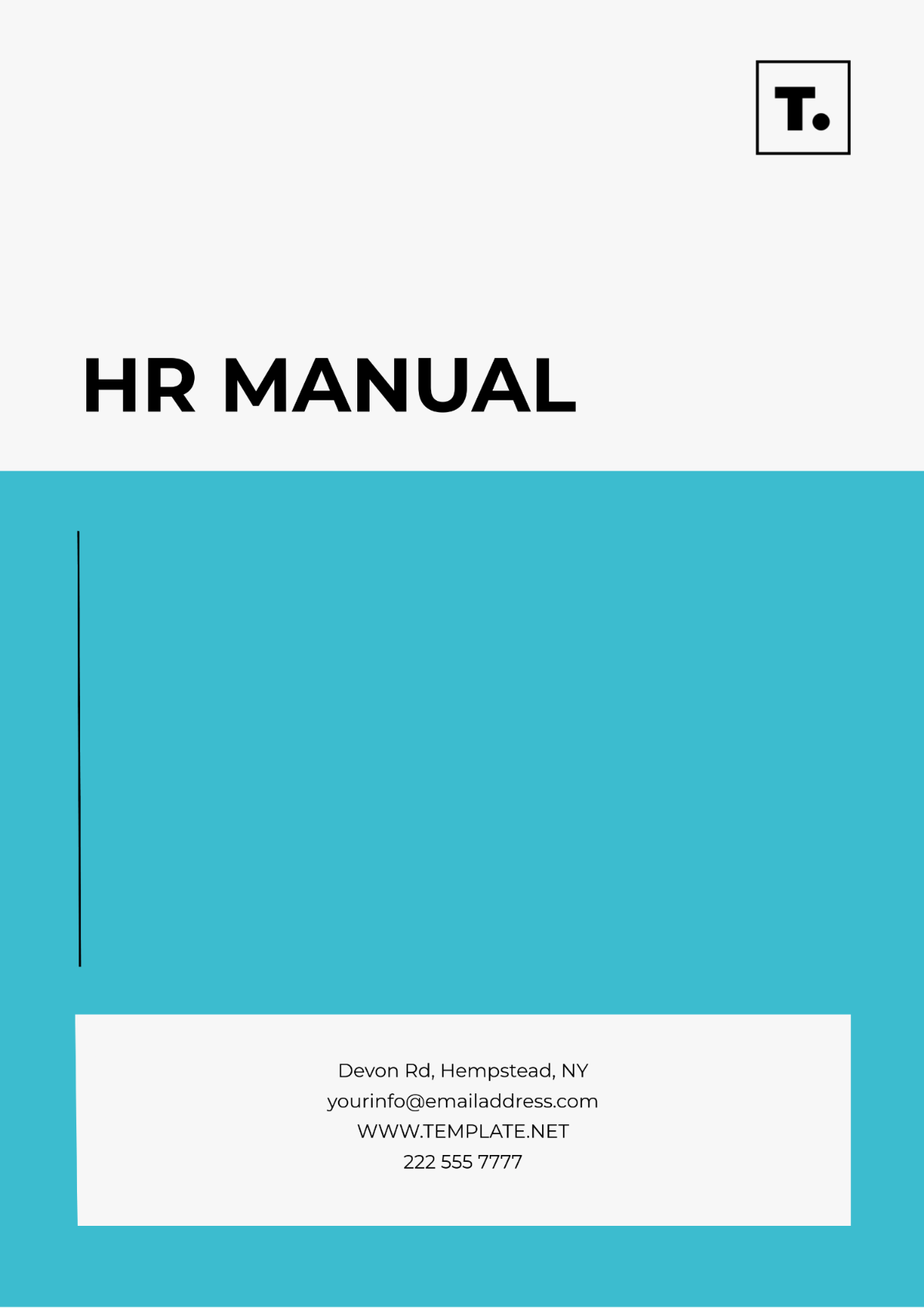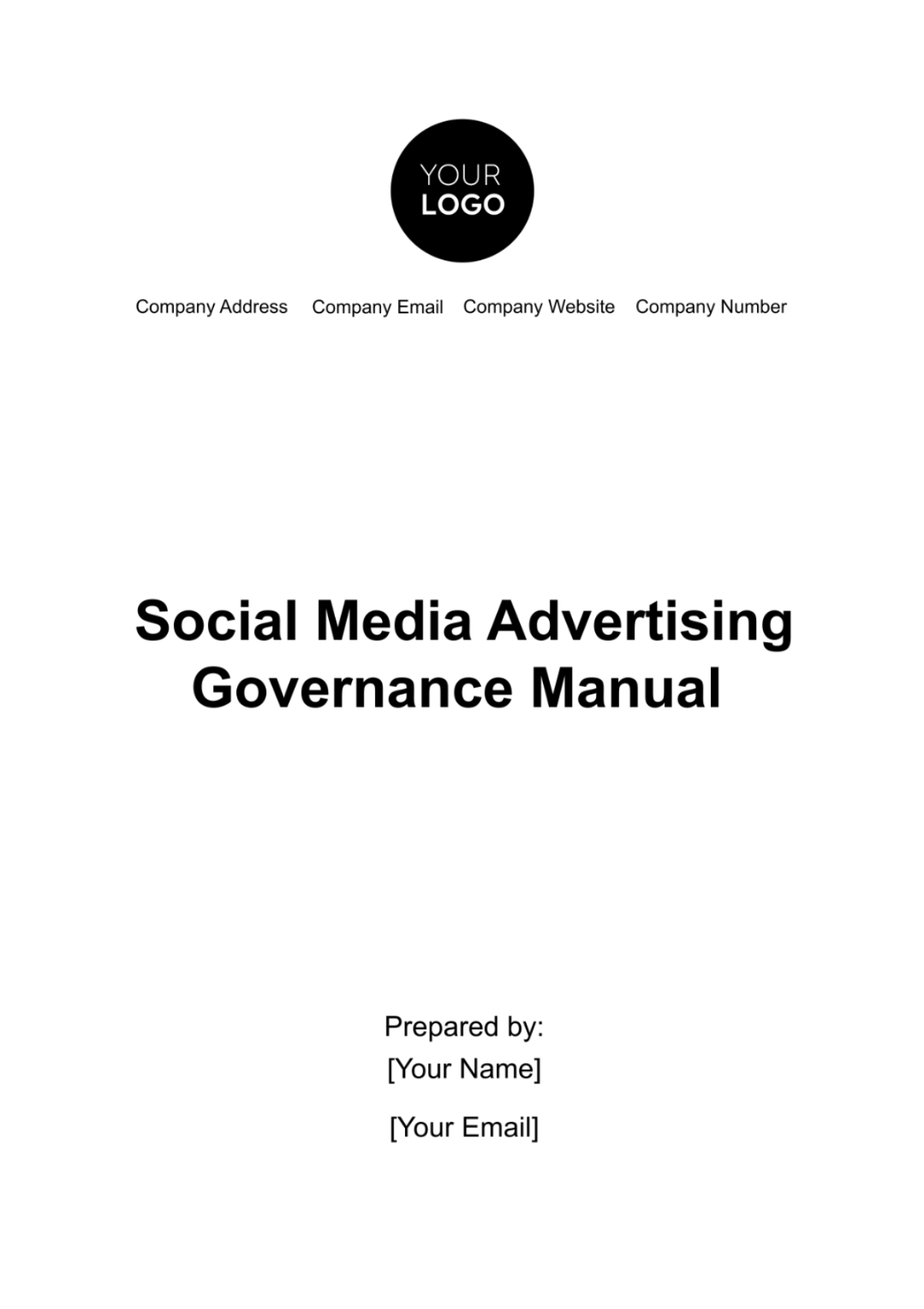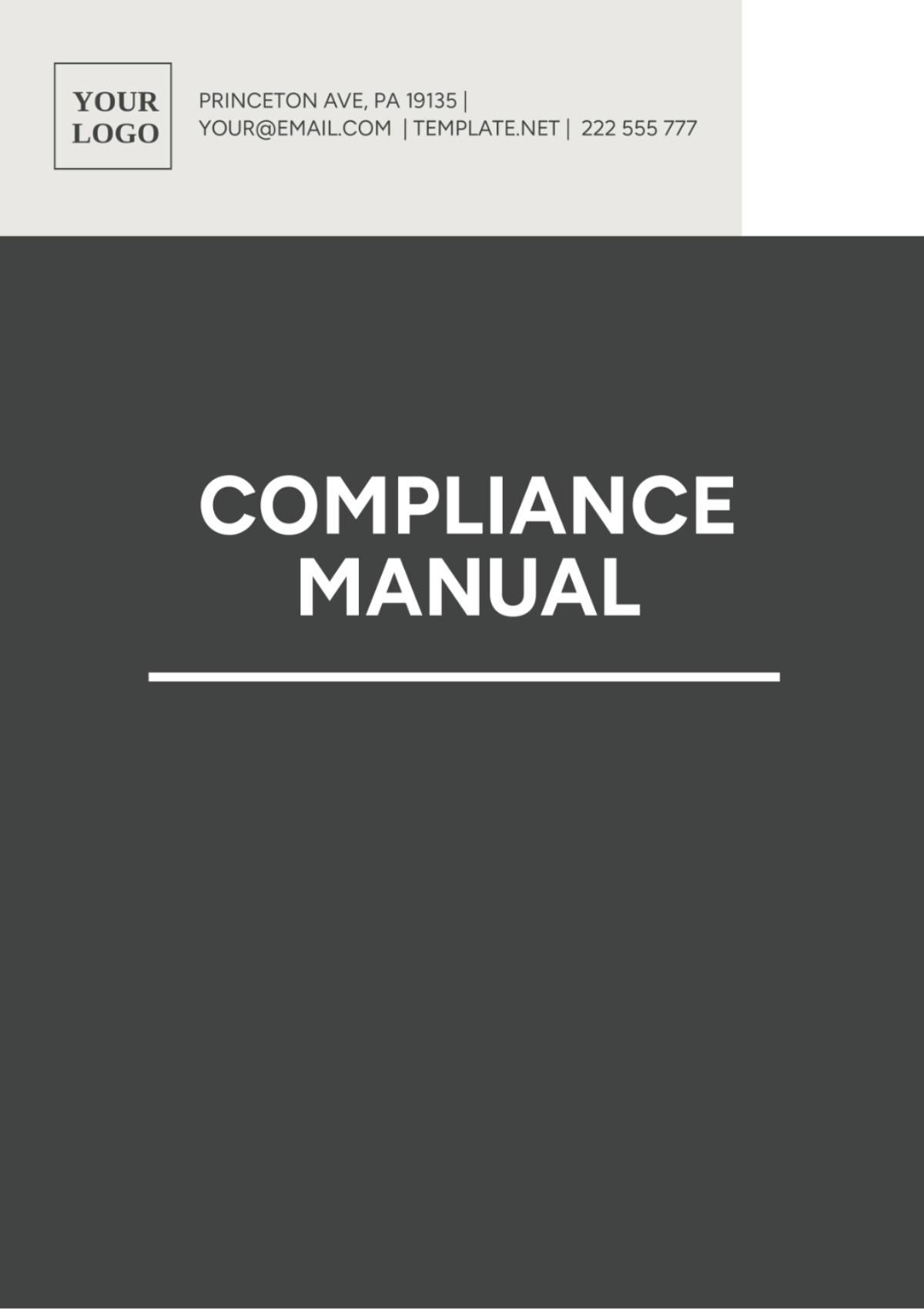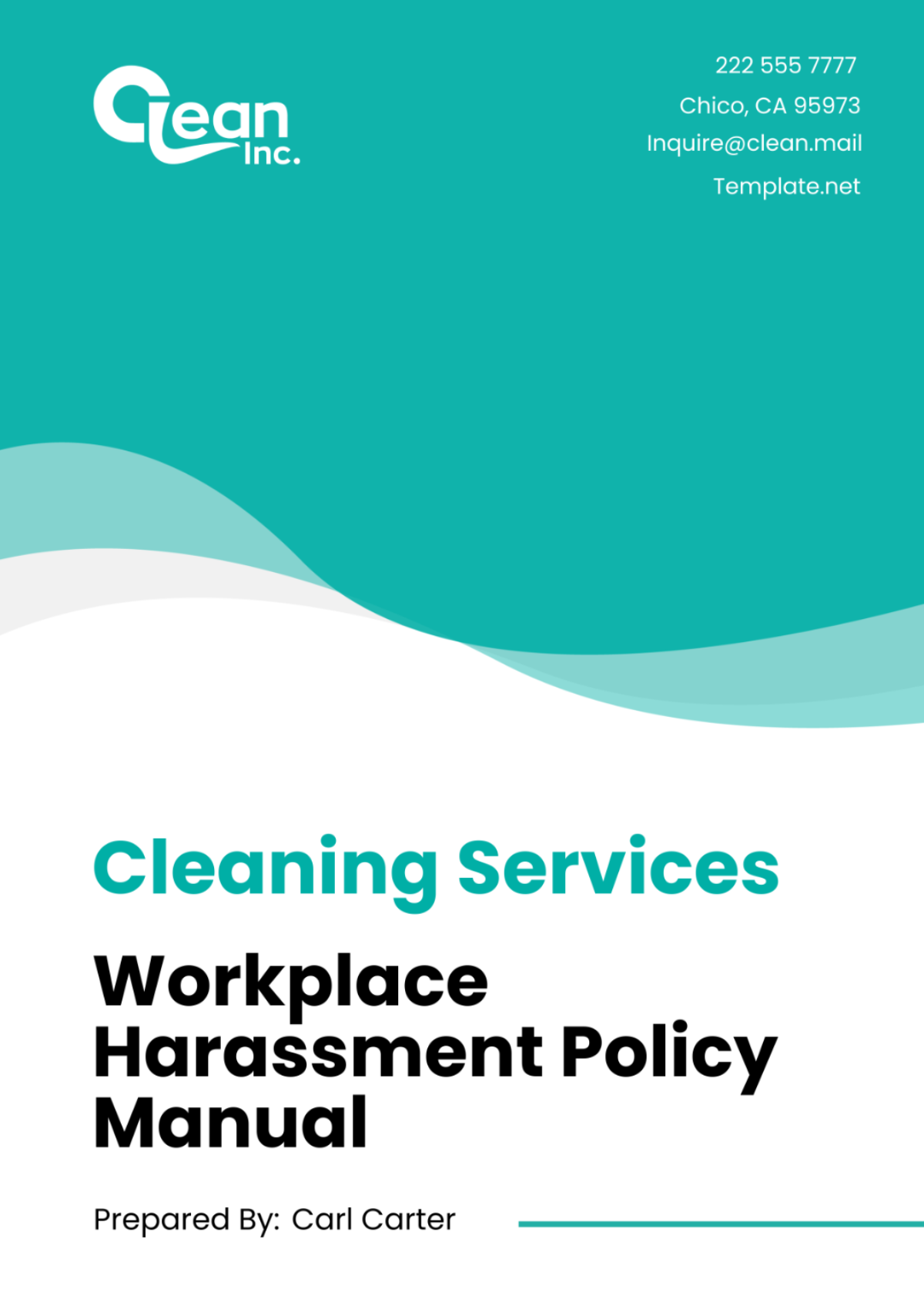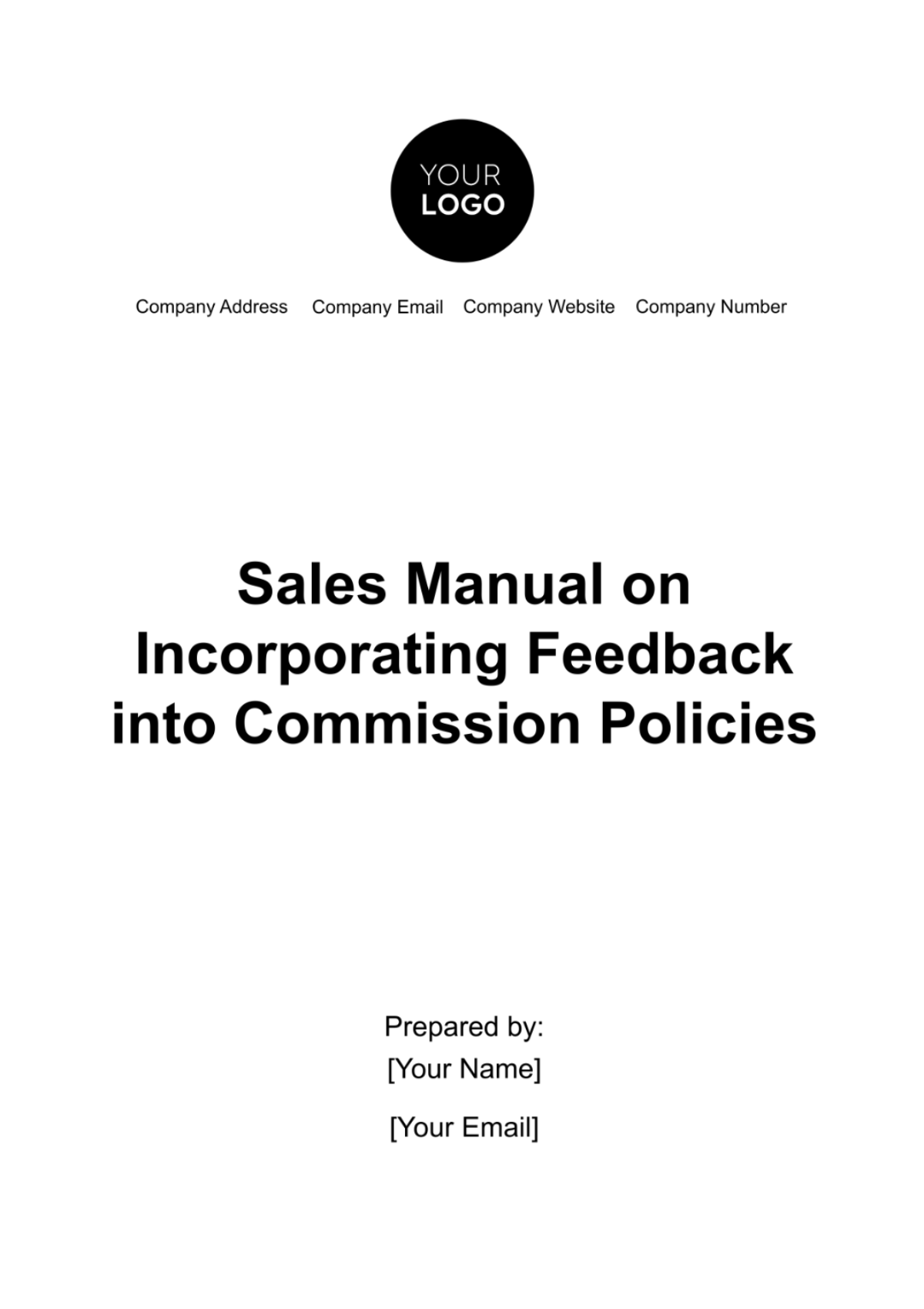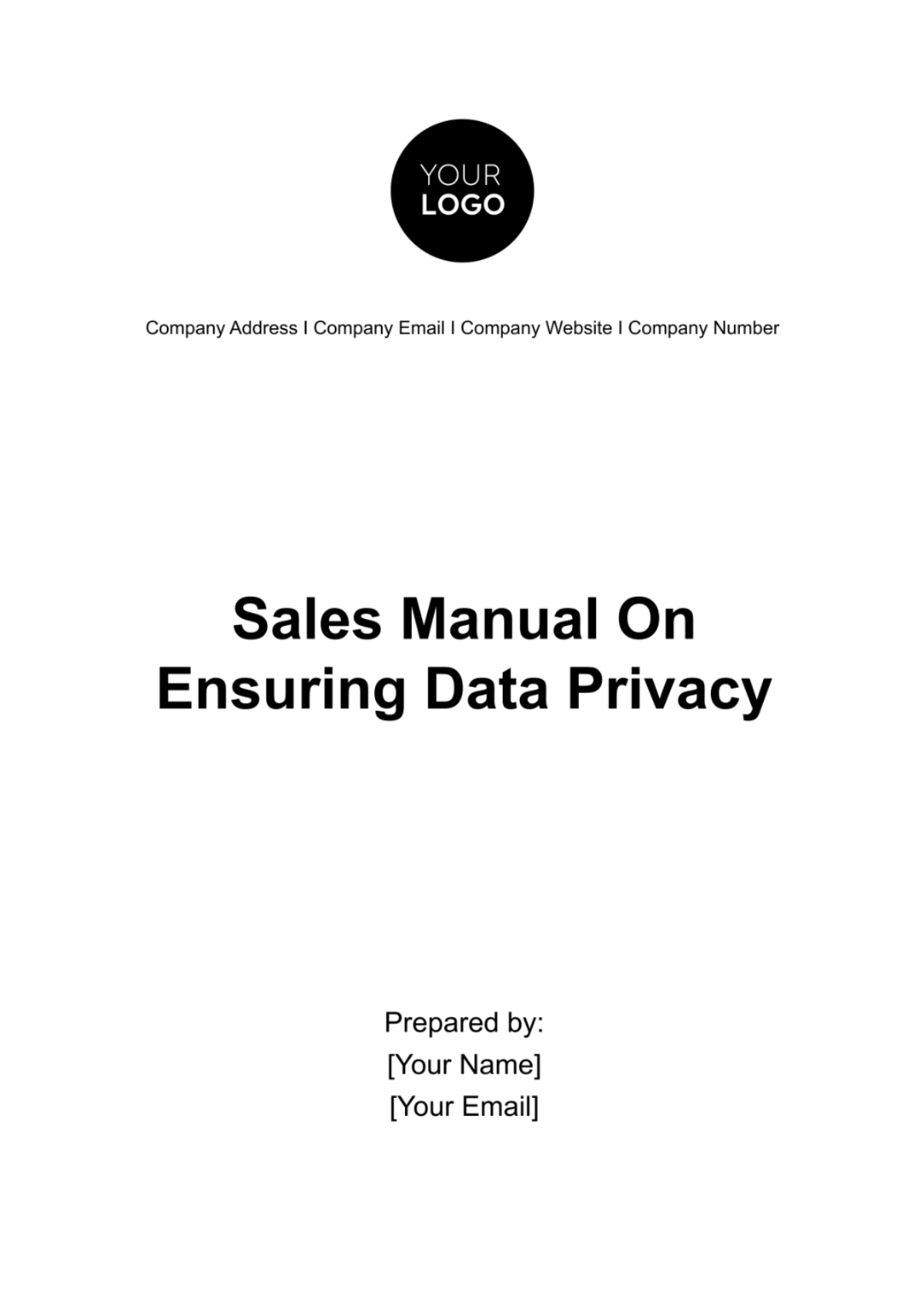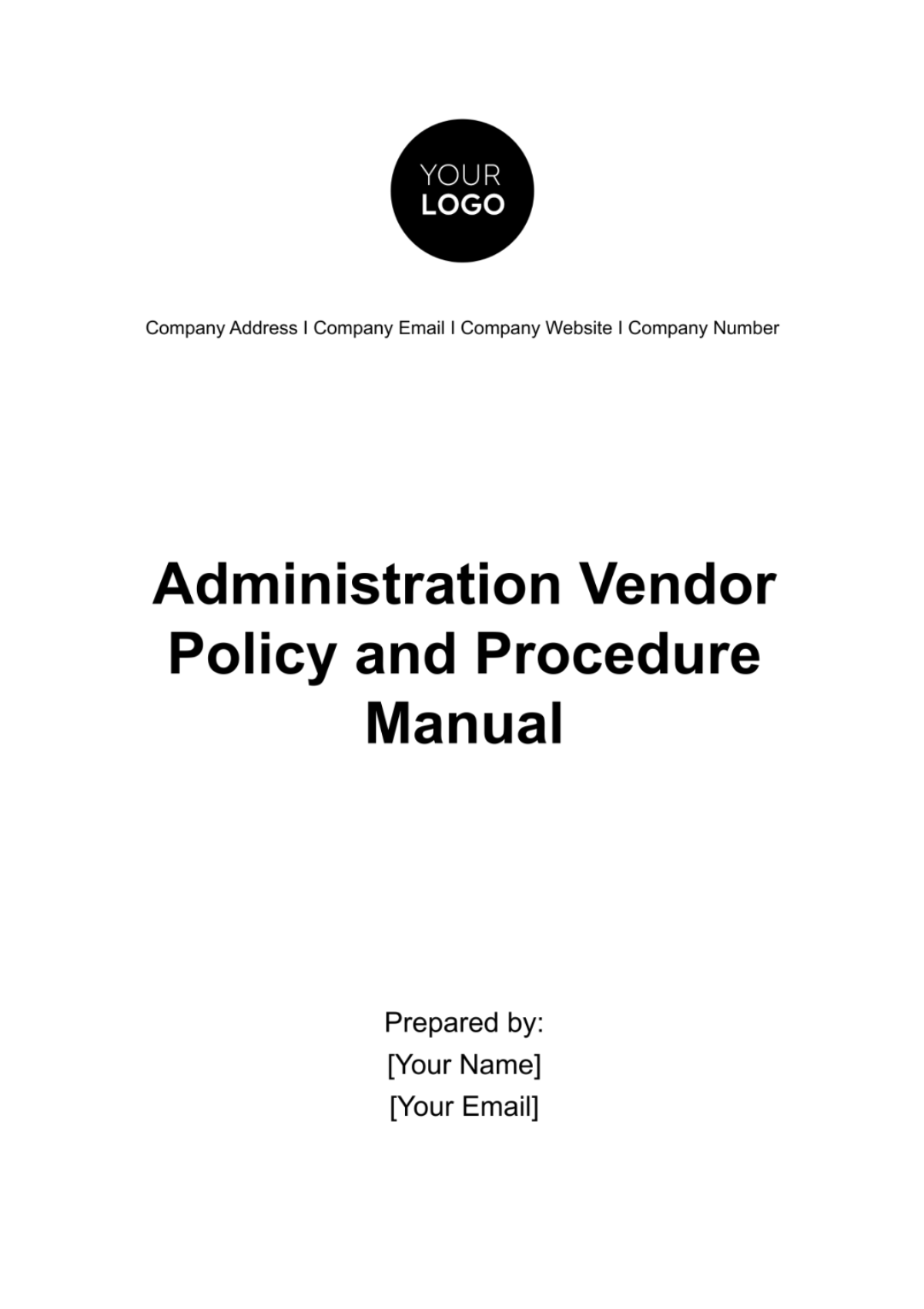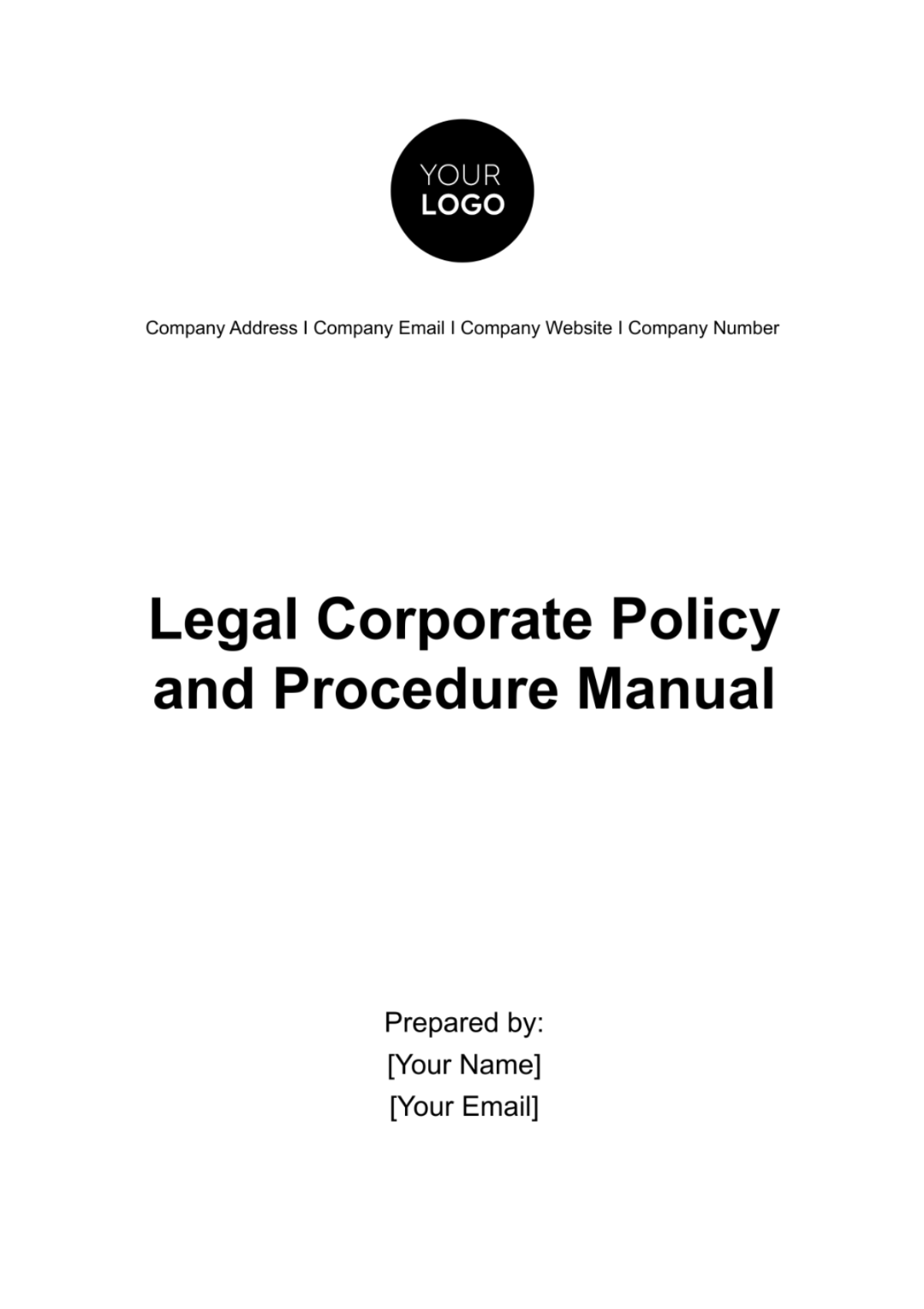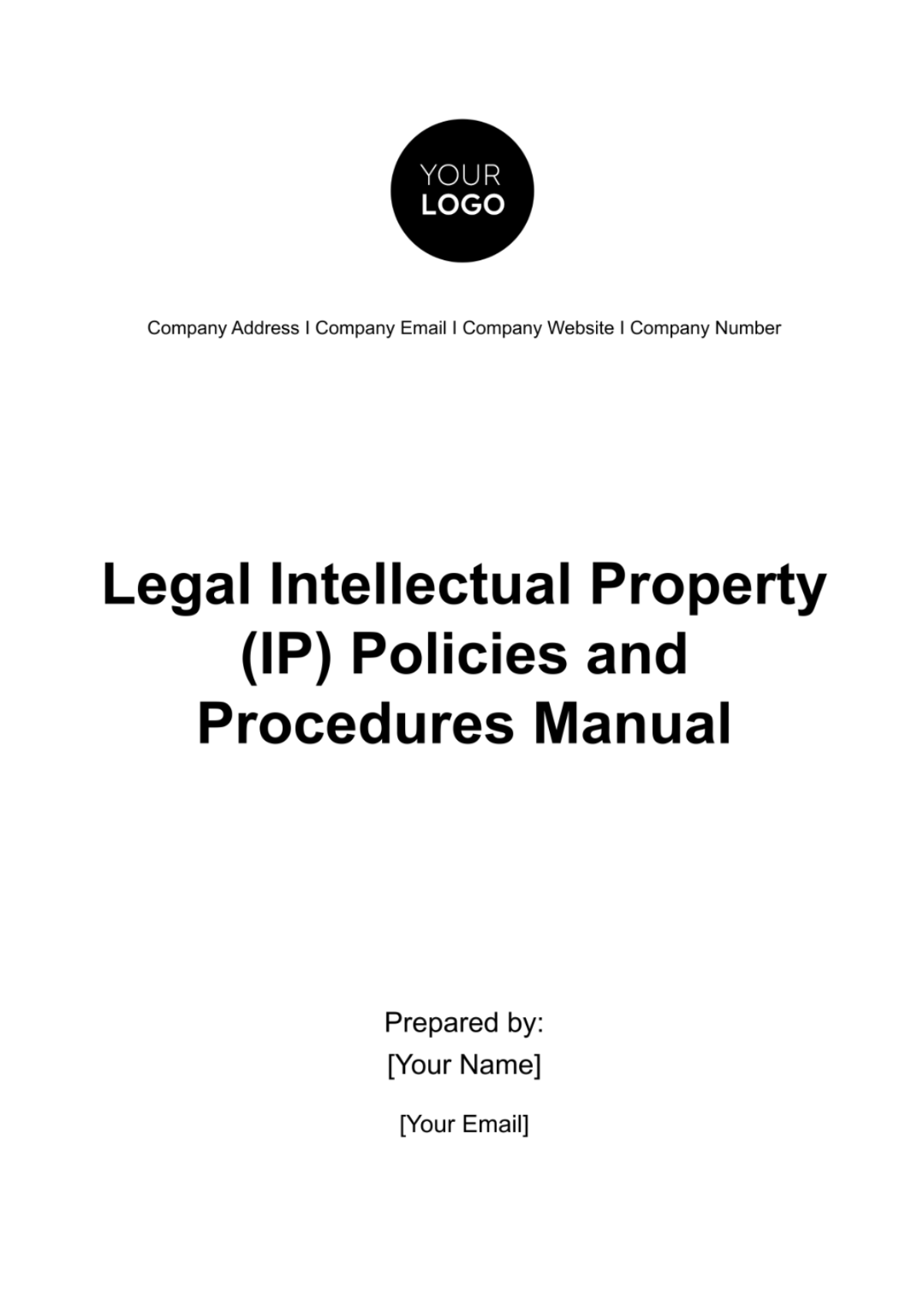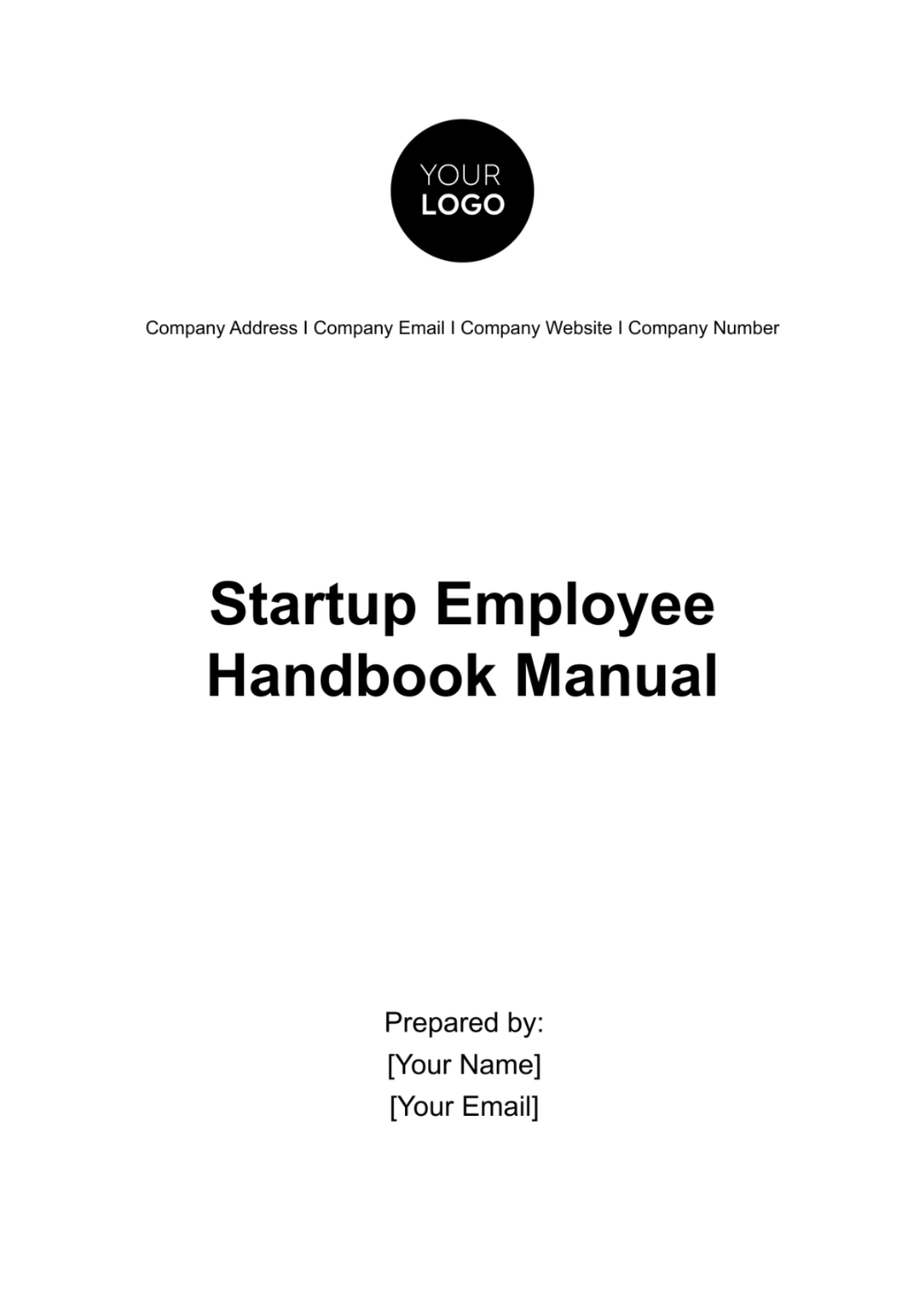Free Grocery Store Policy & Procedure Manual Outline Template
Grocery Store Policy & Procedure Manual Outline
I. Introduction
A. Purpose of the Manual
(Explain the importance of the manual. It should include how it will help employees to understand their roles and provide guidelines for standard operations.)
B. Scope of the Manual
(Outline the coverage of the manual, including employees at all levels, from entry-level to management. Mention that it includes policies and procedures regarding customer service, inventory management, safety protocols, and more.)
II. Employee Conduct
A. Code of Conduct
(Define the behavior expectations for all employees, stress the importance of maintaining a professional and respectful workplace, and specify examples of unacceptable behavior.)
B. Dress Code
(Specify the dress code requirements for all employees, including acceptable attire, the importance of hygiene, and any guidelines for uniforms.)
C. Attendance and Punctuality
(Detail the policies for attendance, including how to report absences, the repercussions for frequent tardiness, and how to request time off.)
III. Customer Service
A. Greeting Customers
(Outline best practices for greeting customers, emphasizing the importance of a friendly and helpful demeanor. Include expectations for offering assistance and creating a welcoming atmosphere.)
B. Handling Complaints
(Provide steps for managing customer complaints, including the importance of listening, empathizing, and finding a suitable resolution. Stress the need for escalating unresolved issues to a manager.)
C. Checkout Procedures
(Describe the checkout process, including scanning items, handling payments, and maintaining accuracy. Also, include instructions on how to handle special cases like returns or discounts.)
IV. Safety Procedures
A. Emergency Protocols
(Explain the protocols for various emergency situations like fire, natural disasters, or medical emergencies. Include evacuation routes, emergency contact numbers, and where to find first aid kits.)
B. Workplace Safety
(Describe the procedures and practices to ensure a safe working environment, including how to handle heavy lifting, operating equipment, and reporting hazards.)
C. Accident Reporting
(Provide steps for reporting workplace accidents, including who to contact, forms to fill out, and the importance of documenting incidents promptly and accurately.)
V. Inventory Management
A. Receiving Shipments
(Detail the process for receiving shipments, including checking the delivery for accuracy, recording inventory, and noting any discrepancies.)
B. Stocking Shelves
(Explain the procedures for stocking shelves, including rotation practices, handling perishable items, and maintaining cleanliness and organization.)
C. Inventory Audits
(Describe the process for conducting regular inventory audits to ensure accuracy, prevent losses, and identify any discrepancies. Include frequency and reporting procedures.)
Date | Item | Quantity | Condition |
|---|---|---|---|
[July 14, 2050] | [Apples] | [100] | [Good] |
VI. Cash Management
A. Opening Procedures
(Explain the steps for opening the cash registers, including counting the initial cash, setting up the register, and ensuring sufficient change is available.)
B. Handling Payments
(Detail the procedures for handling various types of payments, including cash, credit/debit cards, checks, and gift cards. Emphasize the importance of accuracy and security.)
C. Closing Procedures
(Provide steps for closing out the cash register, including counting and recording the day's earnings, preparing deposits, and securing the cash.)
VII. Store Operations
A. Opening Procedures
(Describe the daily opening procedures, including unlocking doors, conducting security checks, and setting up cash registers.)
B. Closing Procedures
(Outline the procedures for closing, such as counting cash, securing the premises, and checking for any safety hazards.)
C. Inventory Management
(Explain the inventory management procedures, including conducting stock takes, reporting discrepancies, and placing orders.)
No. | Task | Responsible Person |
|---|---|---|
1 | [Set up registers] | [Cashier] |
VIII. Training and Development
A. New Employee Orientation
(Describe the process for onboarding new employees, including initial training, orientation sessions, and overview of the store's policies and culture.)
B. Ongoing Training
(Outline the ongoing training procedures, including regular training sessions, certification programs, and opportunities for professional development.)
C. Performance Evaluations
(Detail the process for evaluating employee performance, including the frequency of evaluations, criteria used, and how feedback will be provided.)
IX. Security
A. Theft Prevention
(Describe measures and practices to prevent theft, including employee vigilance, security systems, and customer awareness.)
B. Incident Reporting
(Outline the procedure for reporting security incidents, detailing how and to whom incidents should be reported.)
C. Loss Prevention
(Detail strategies for minimizing loss, including inventory control, surveillance, and regular audits.)
Security Measure | Description |
|---|---|
[CCTV Surveillance] | [Continuous monitoring of all store areas] |
X. Frequently Asked Questions (FAQs)
(Provide answers to common questions about store policies, procedures, and employee expectations. This should include questions frequently asked by both employees and customers.)
